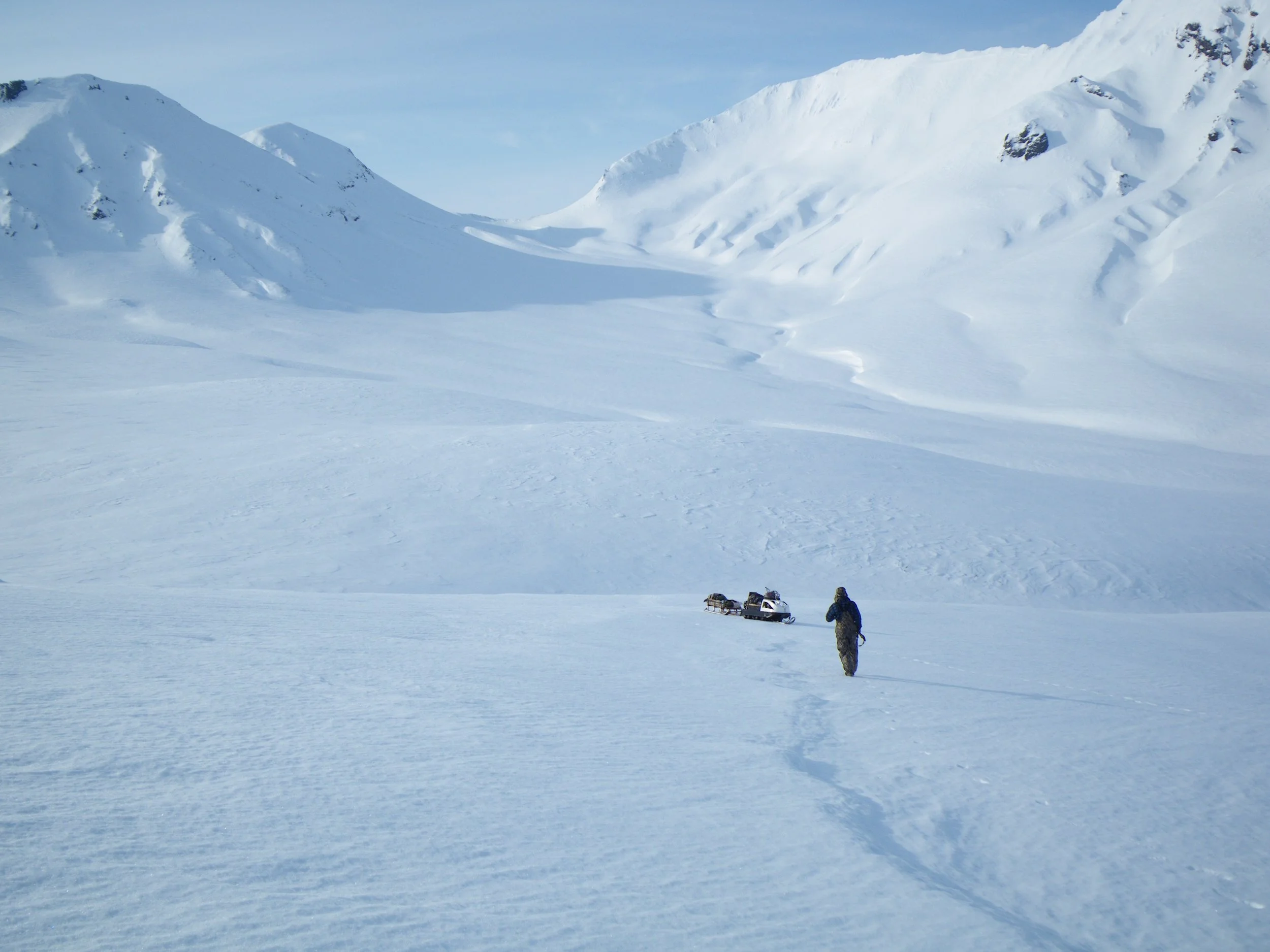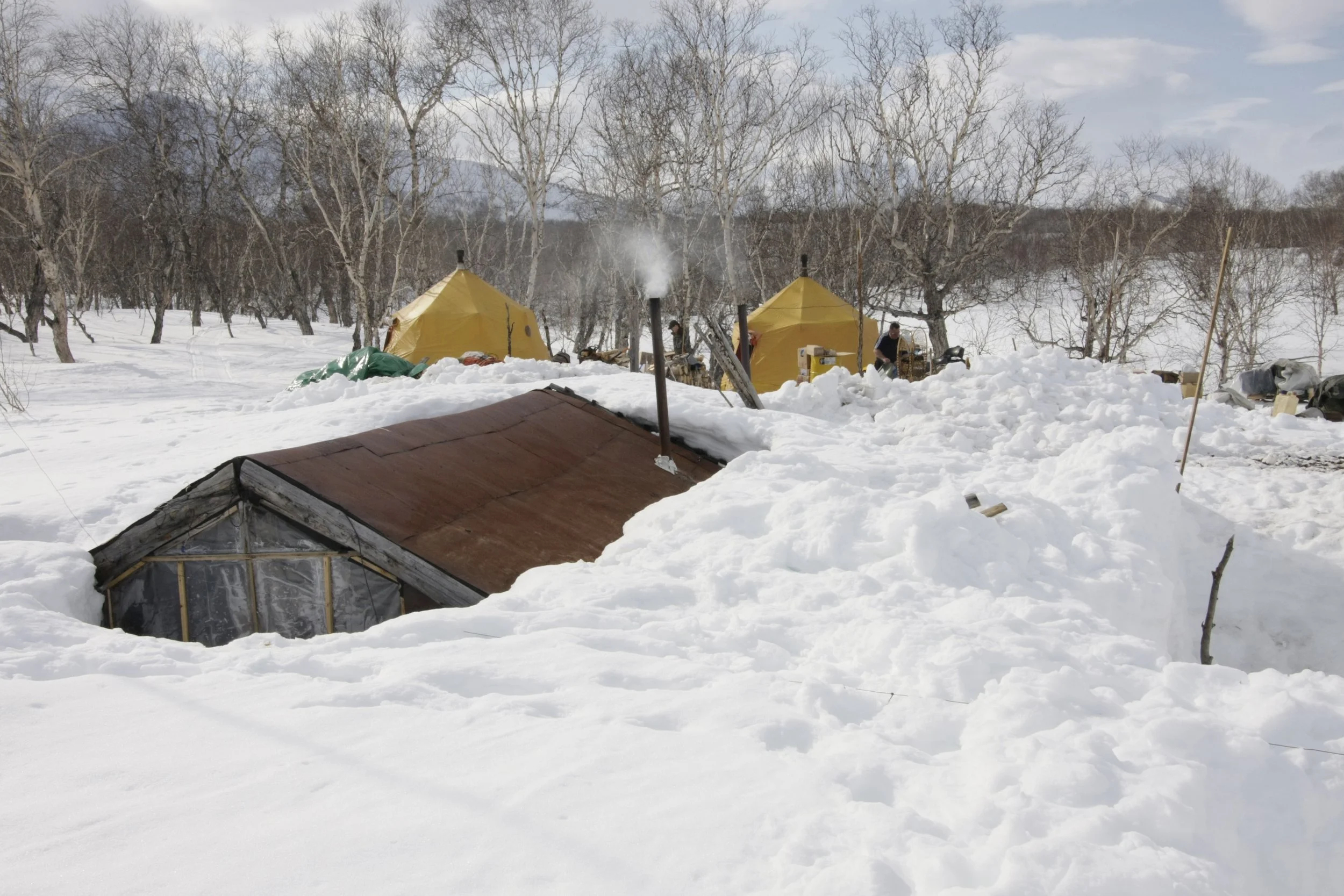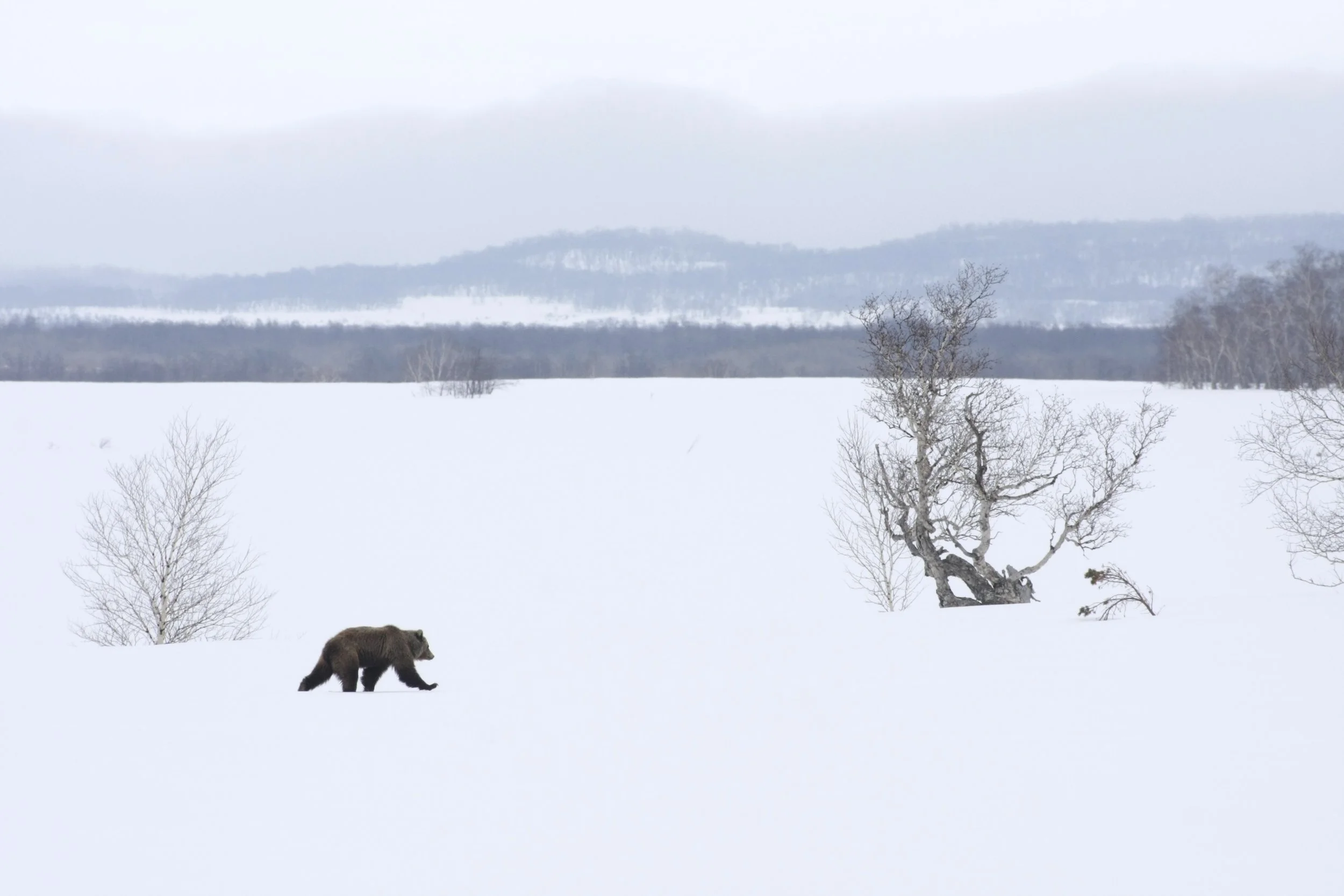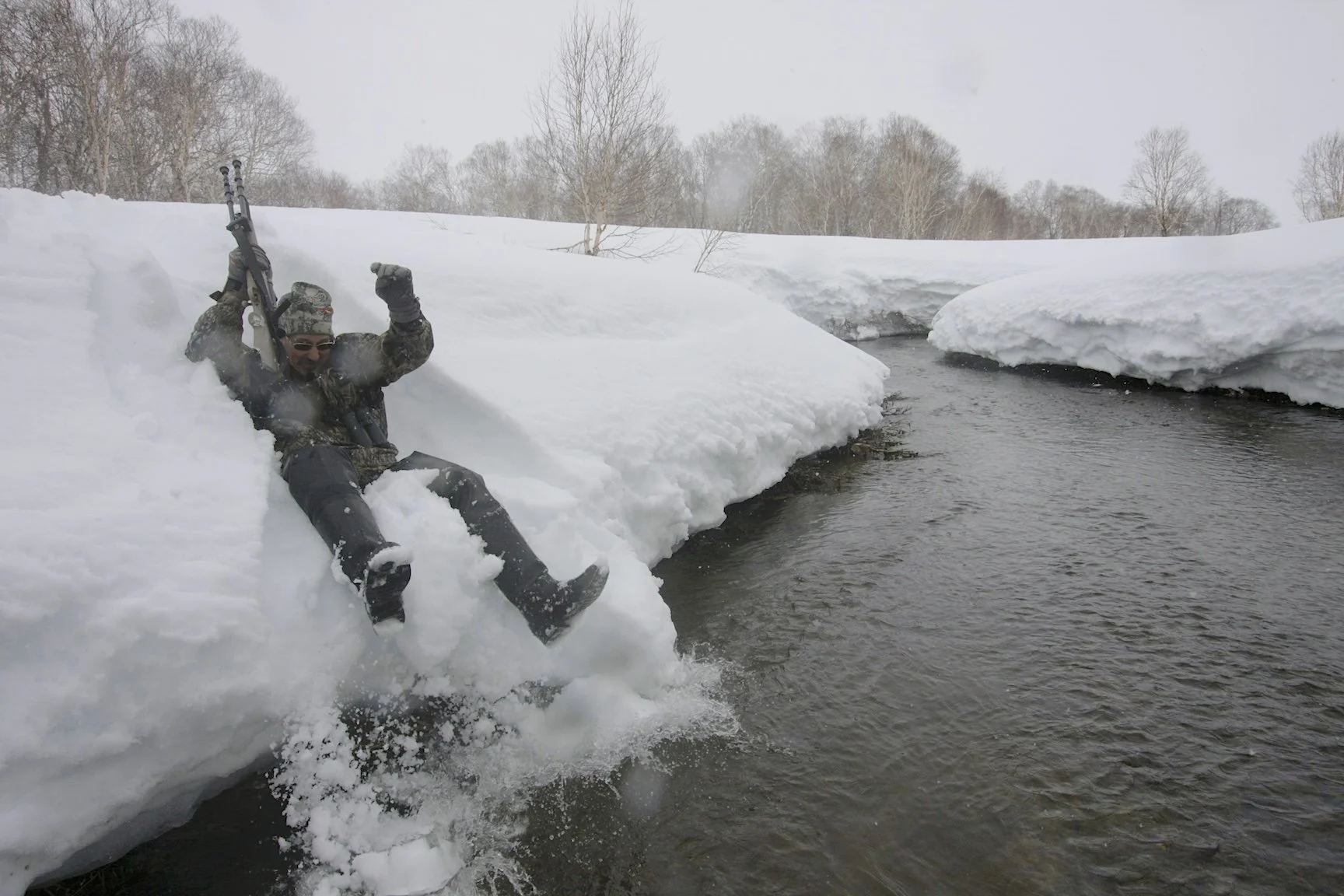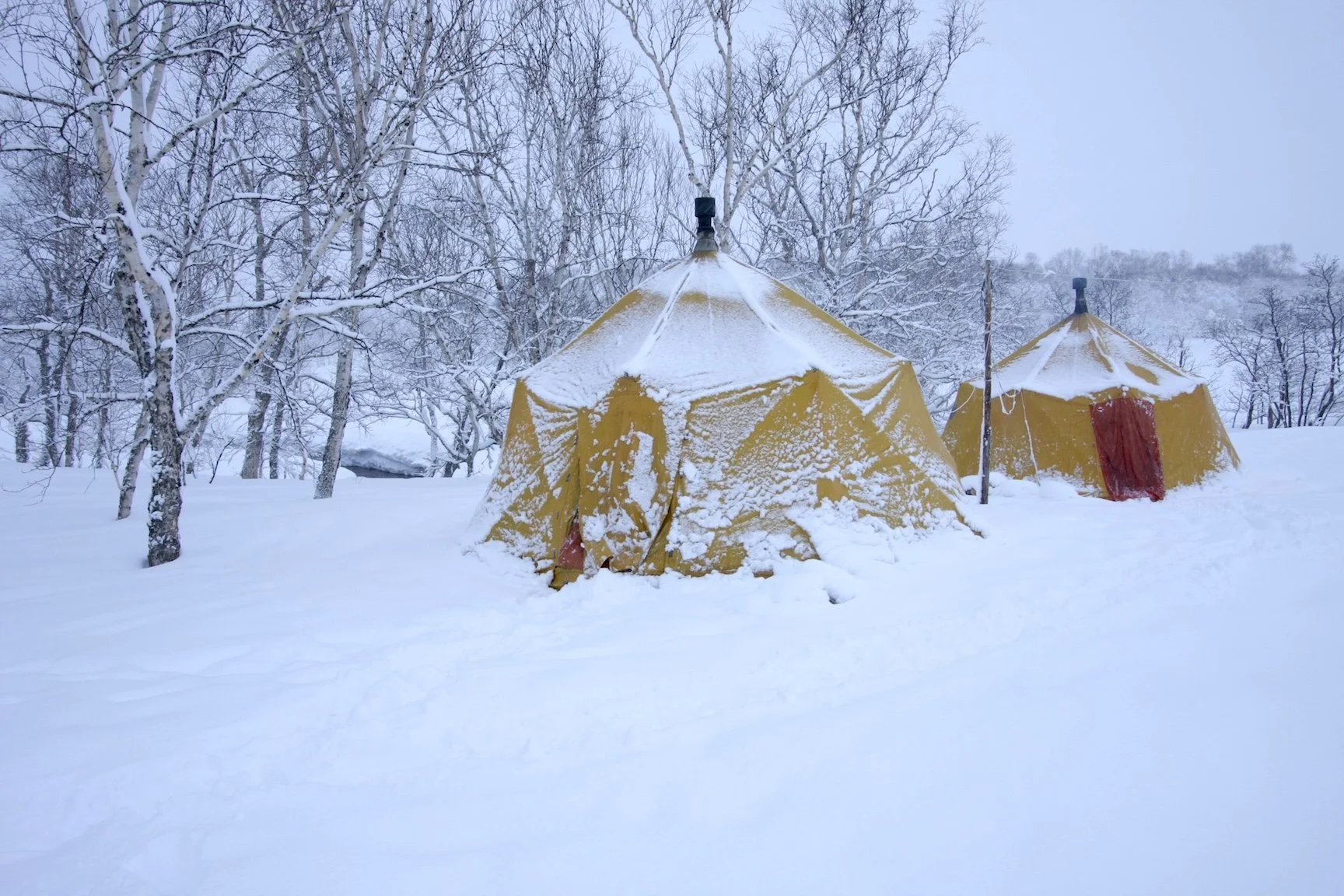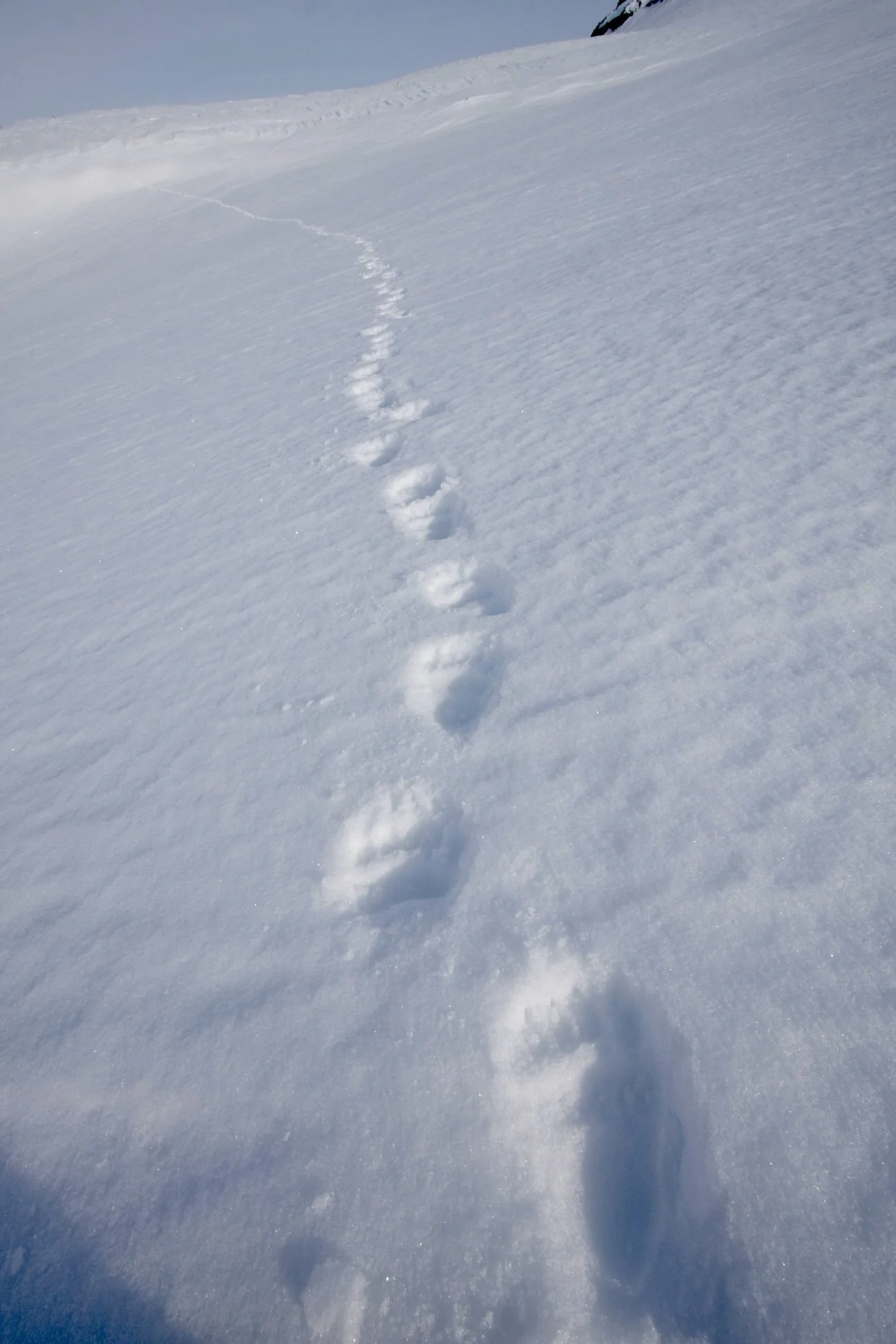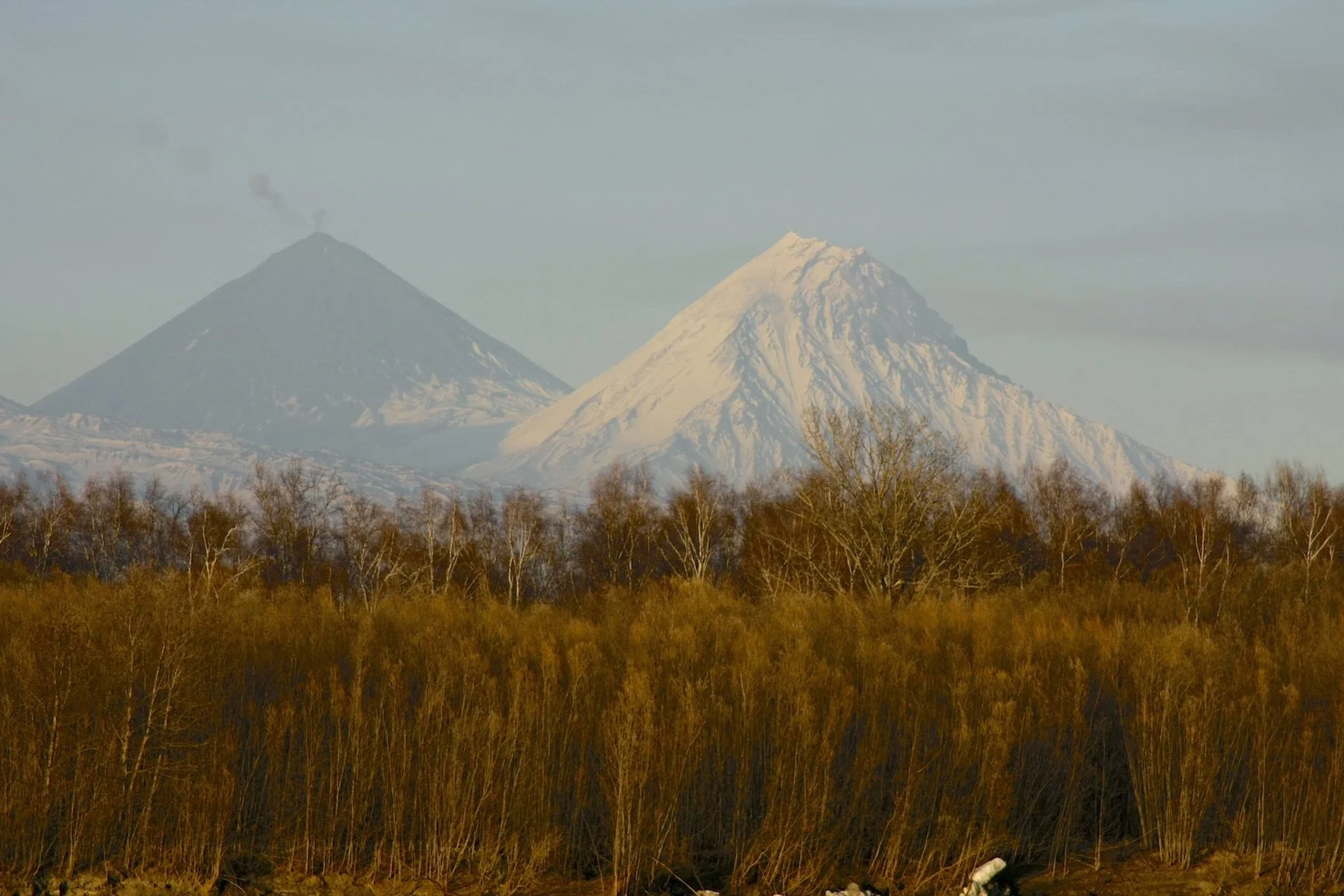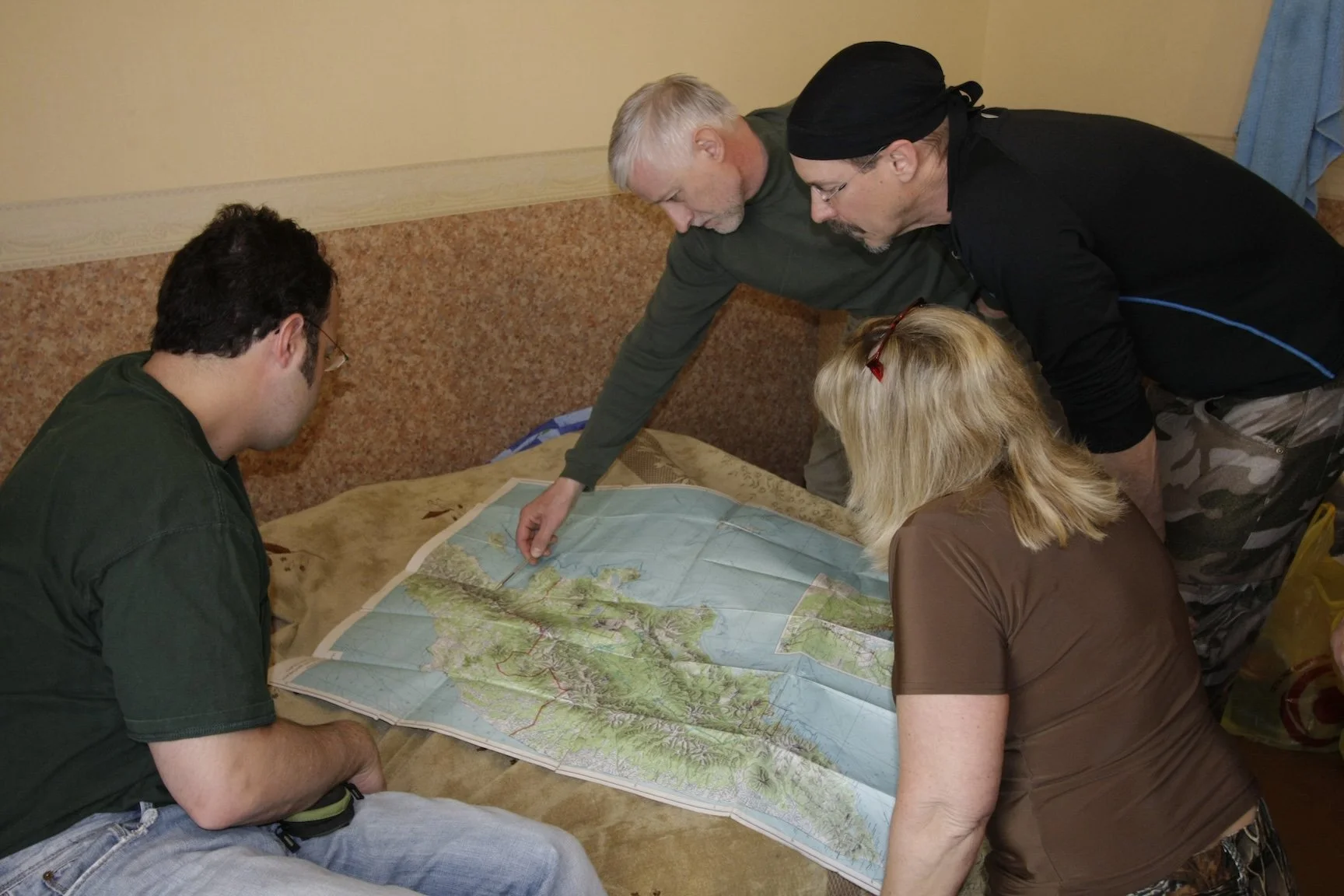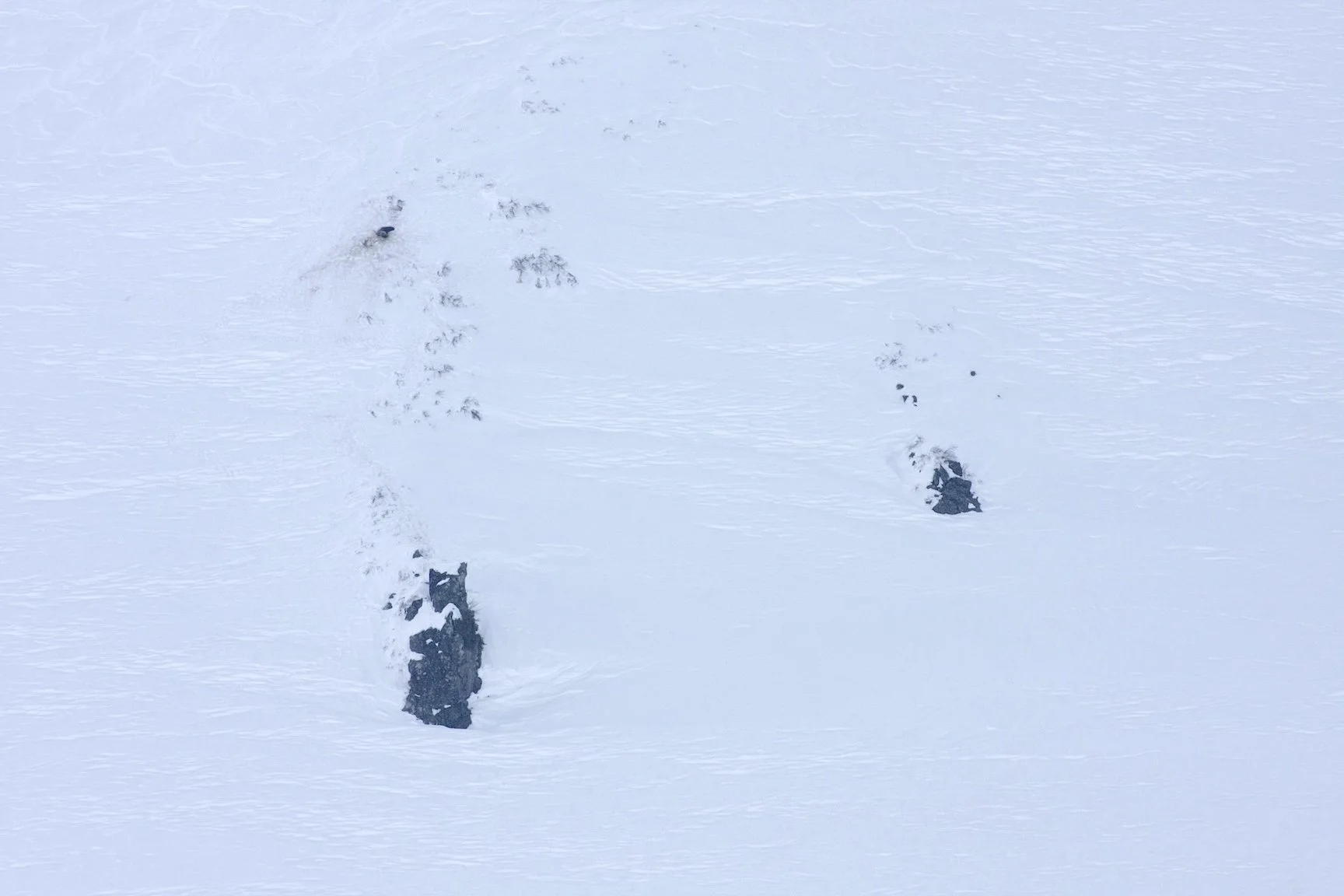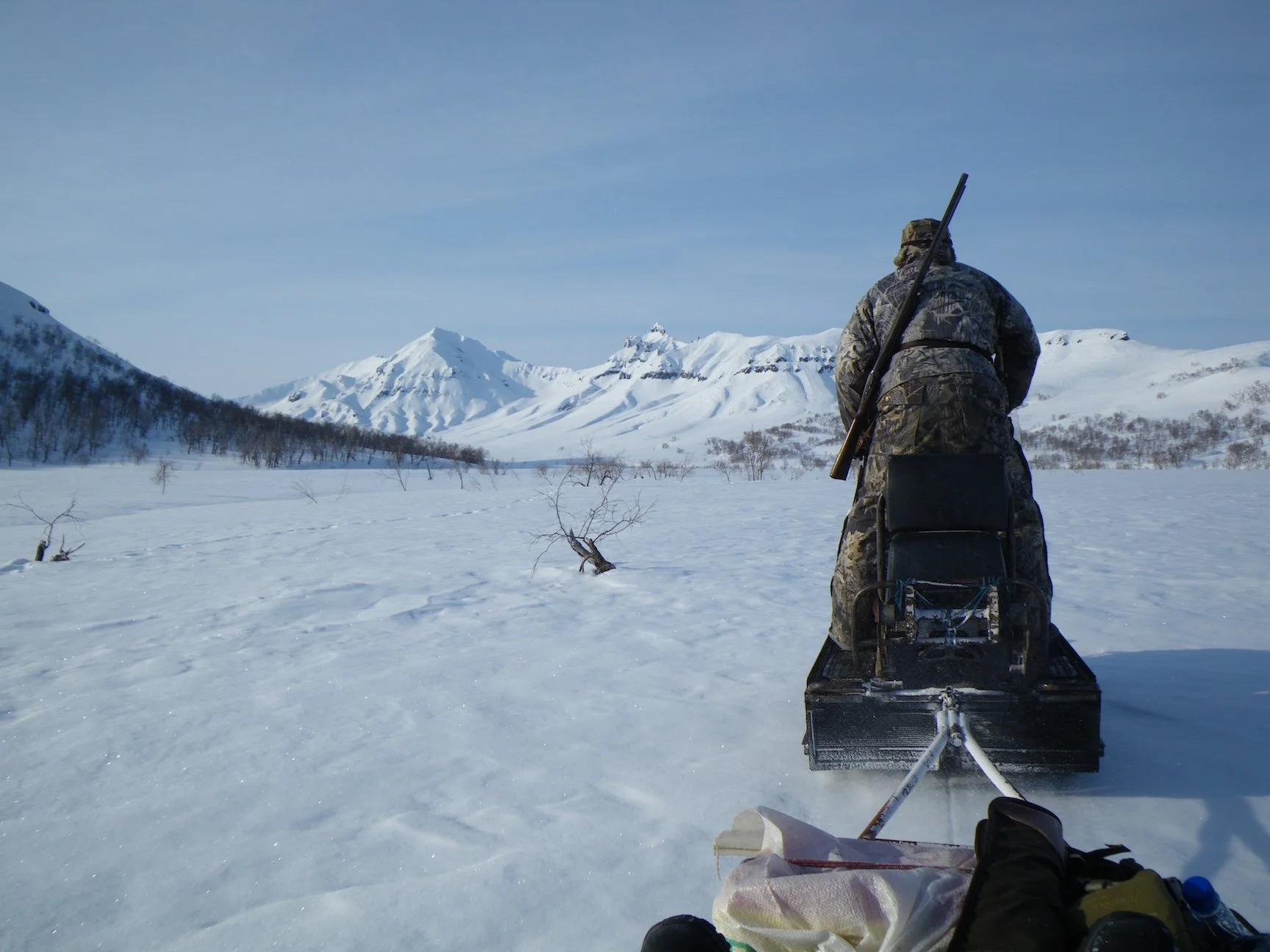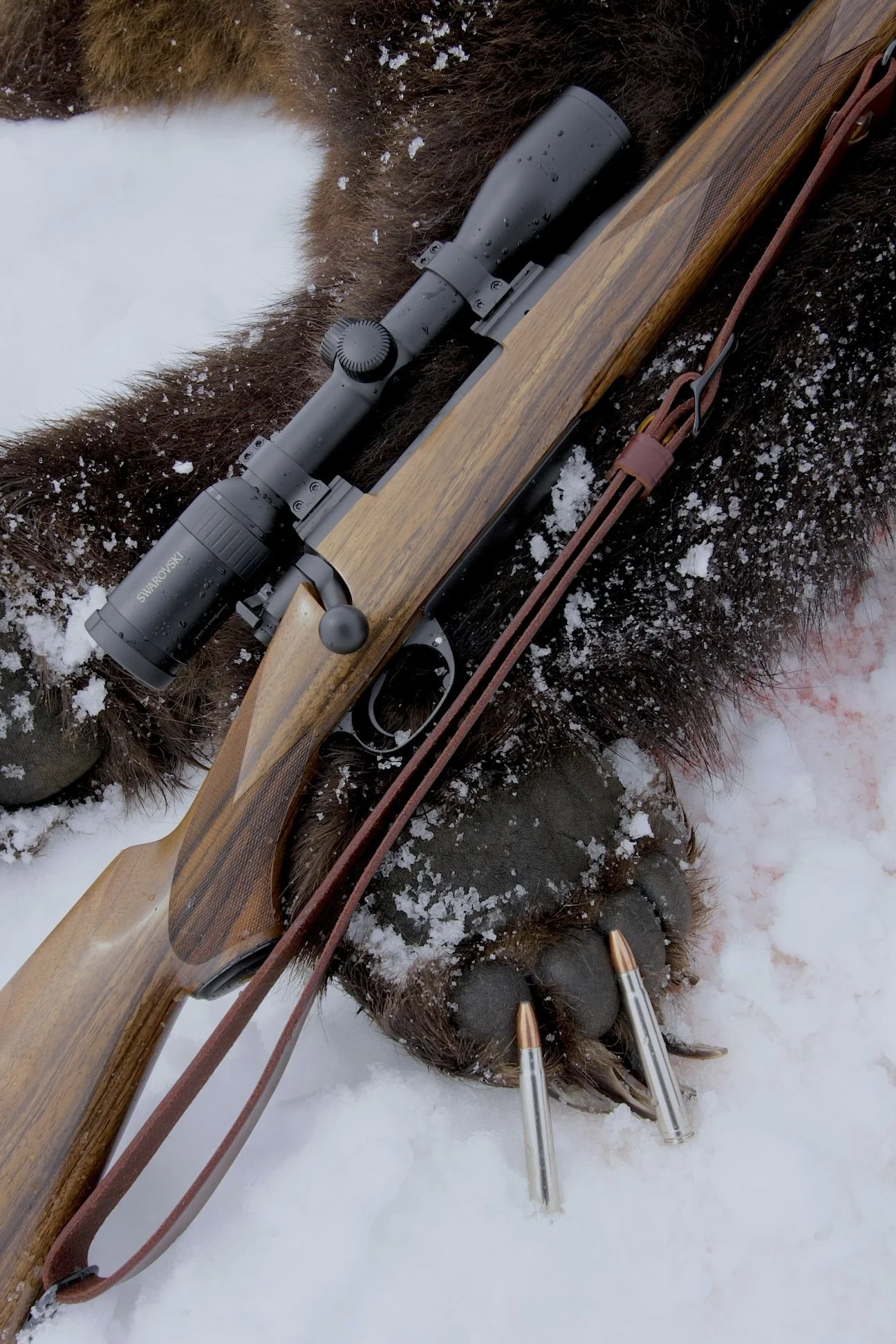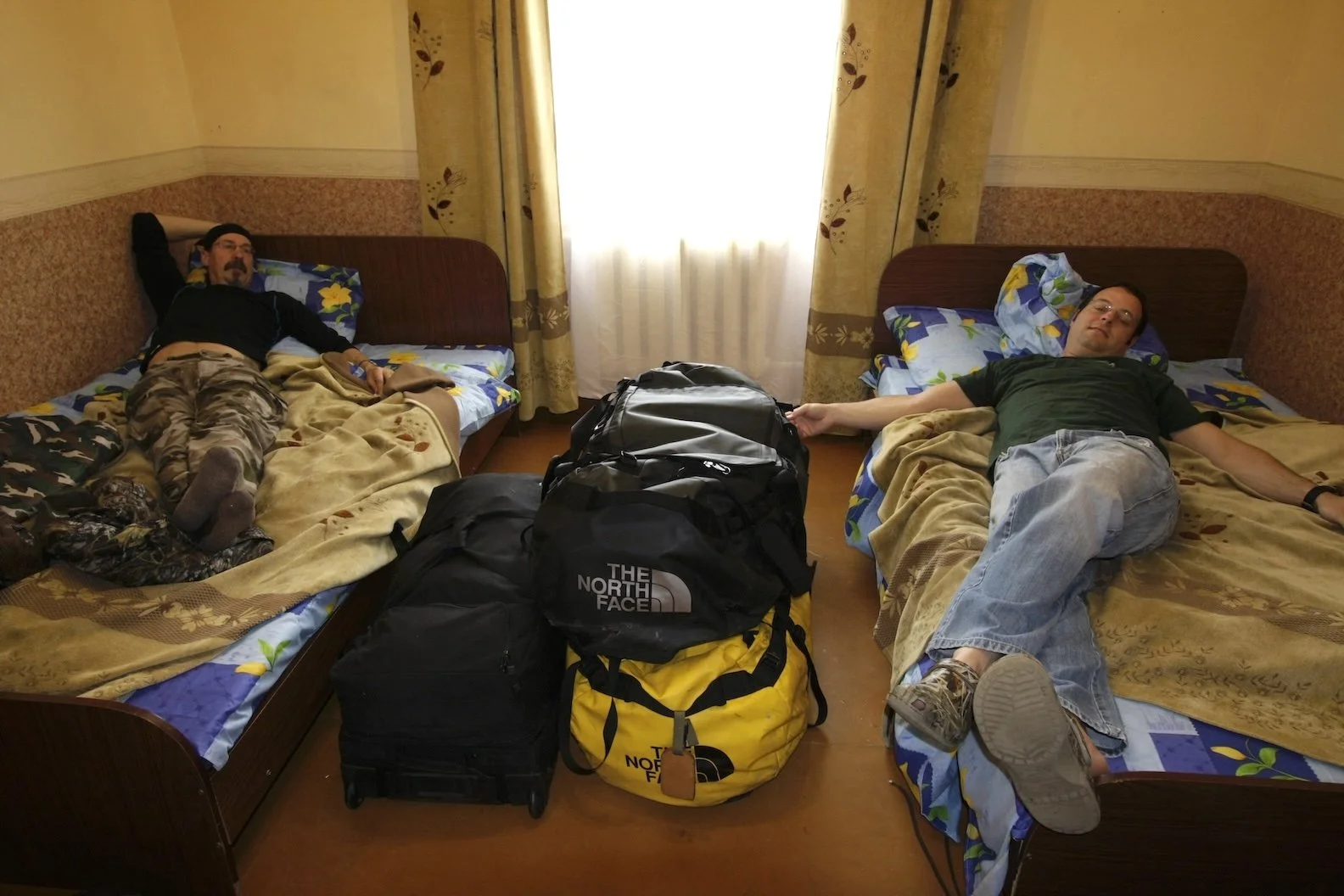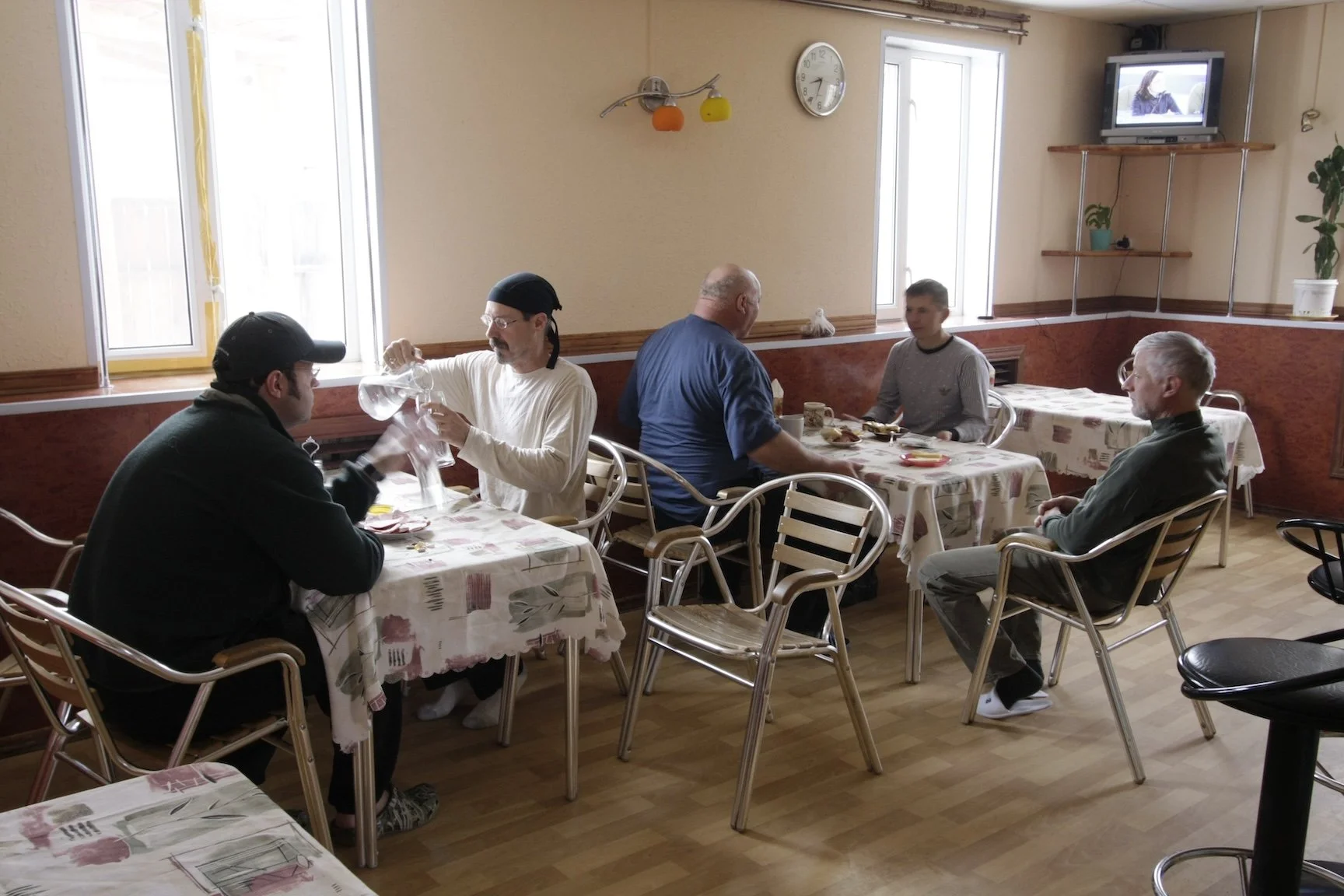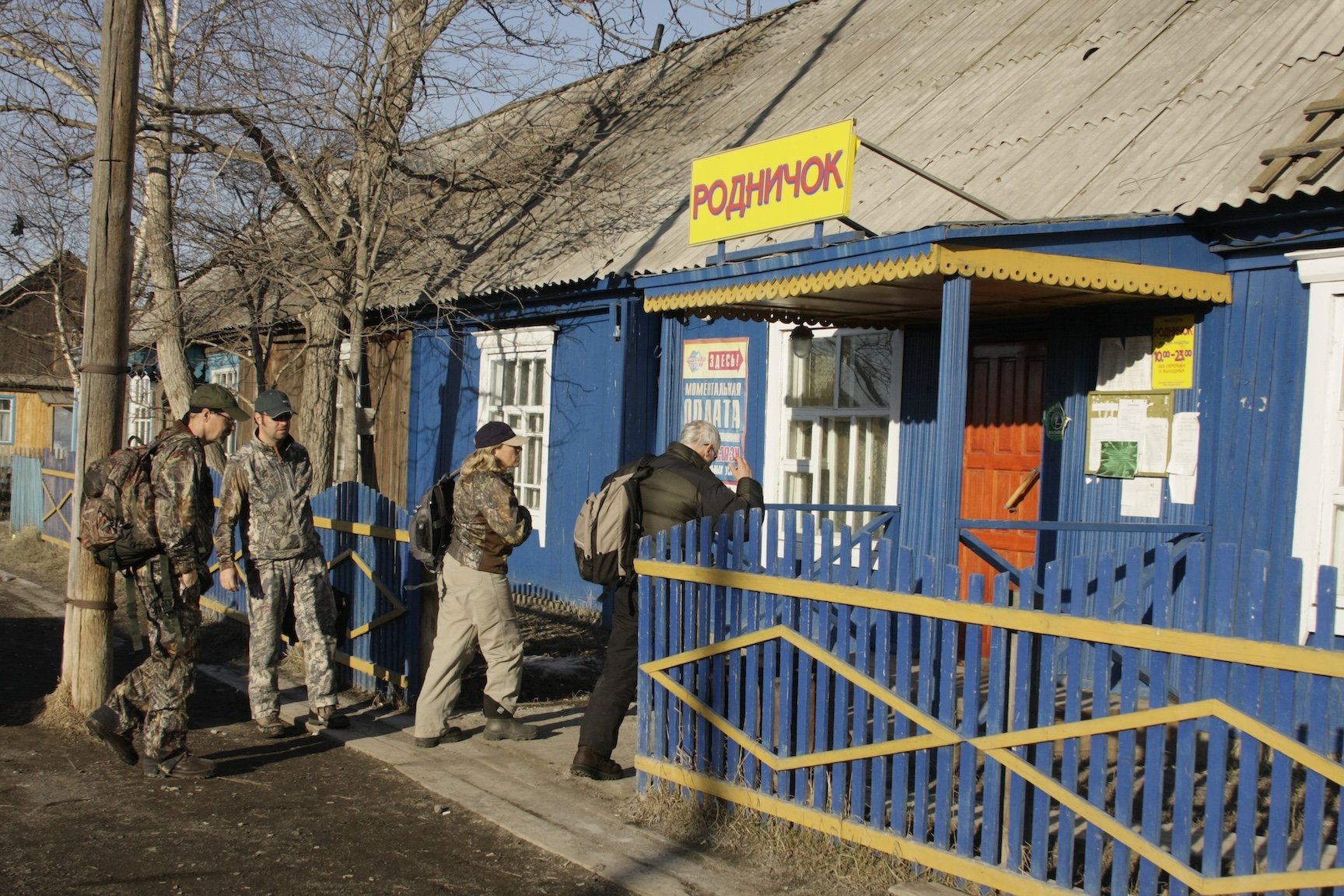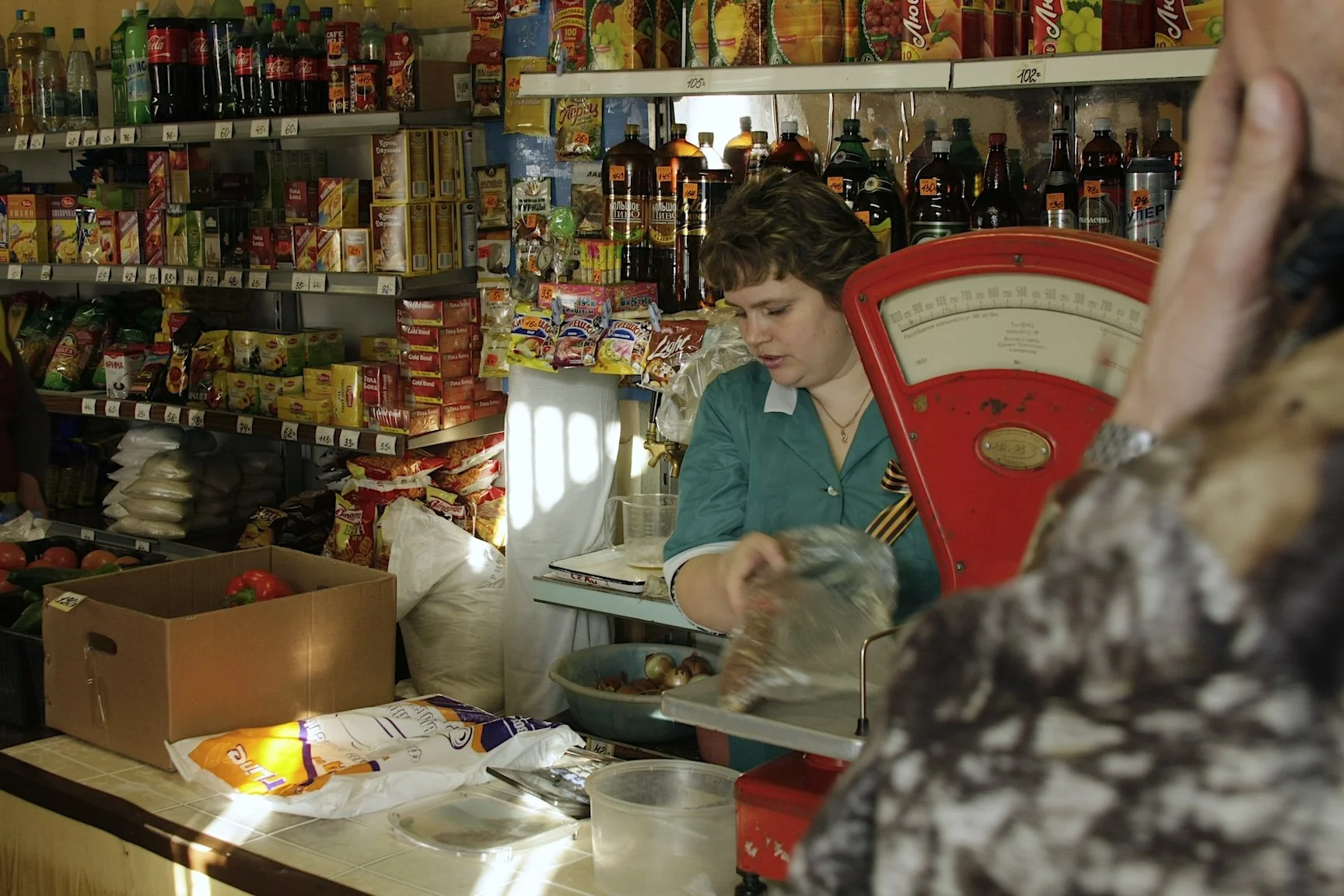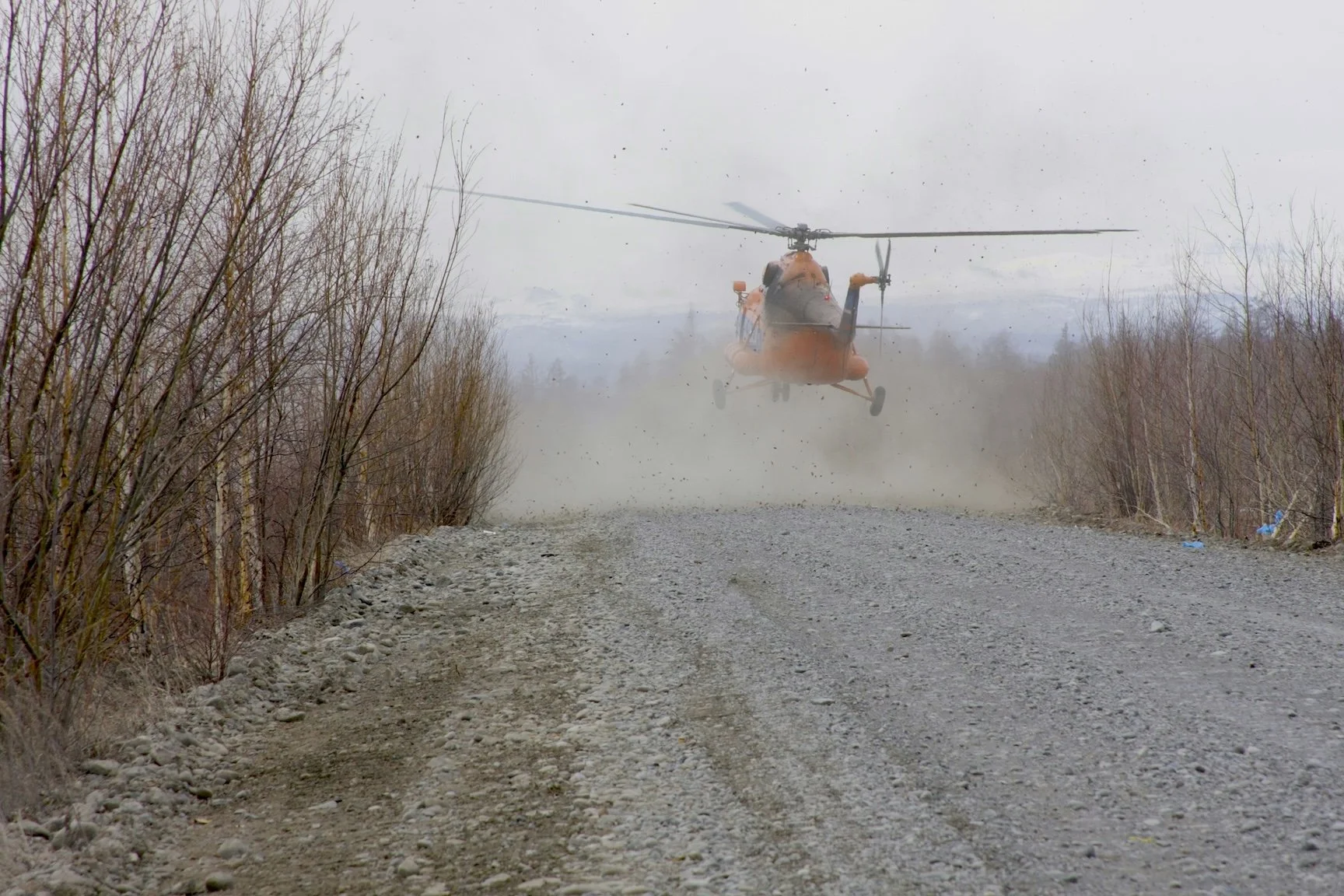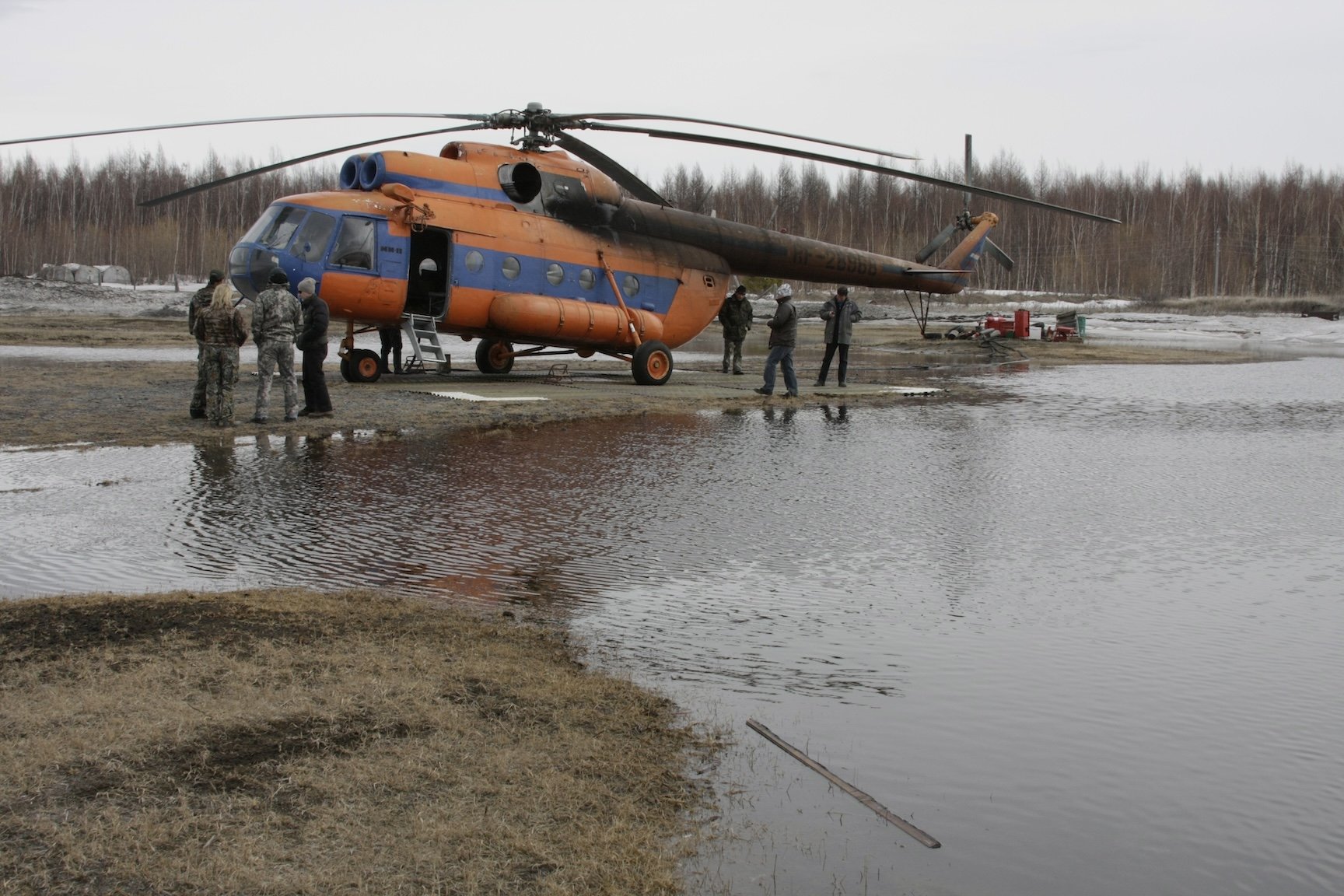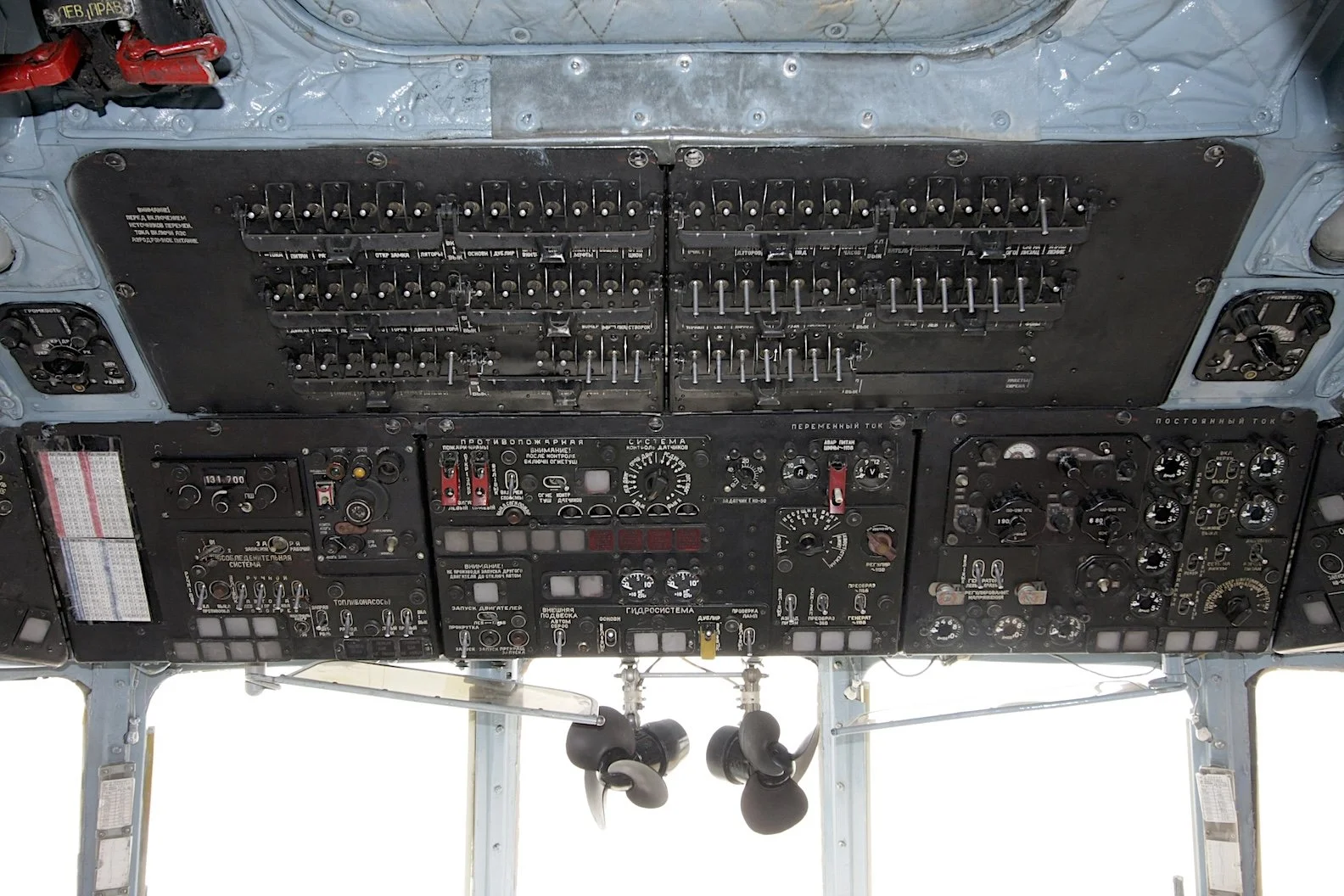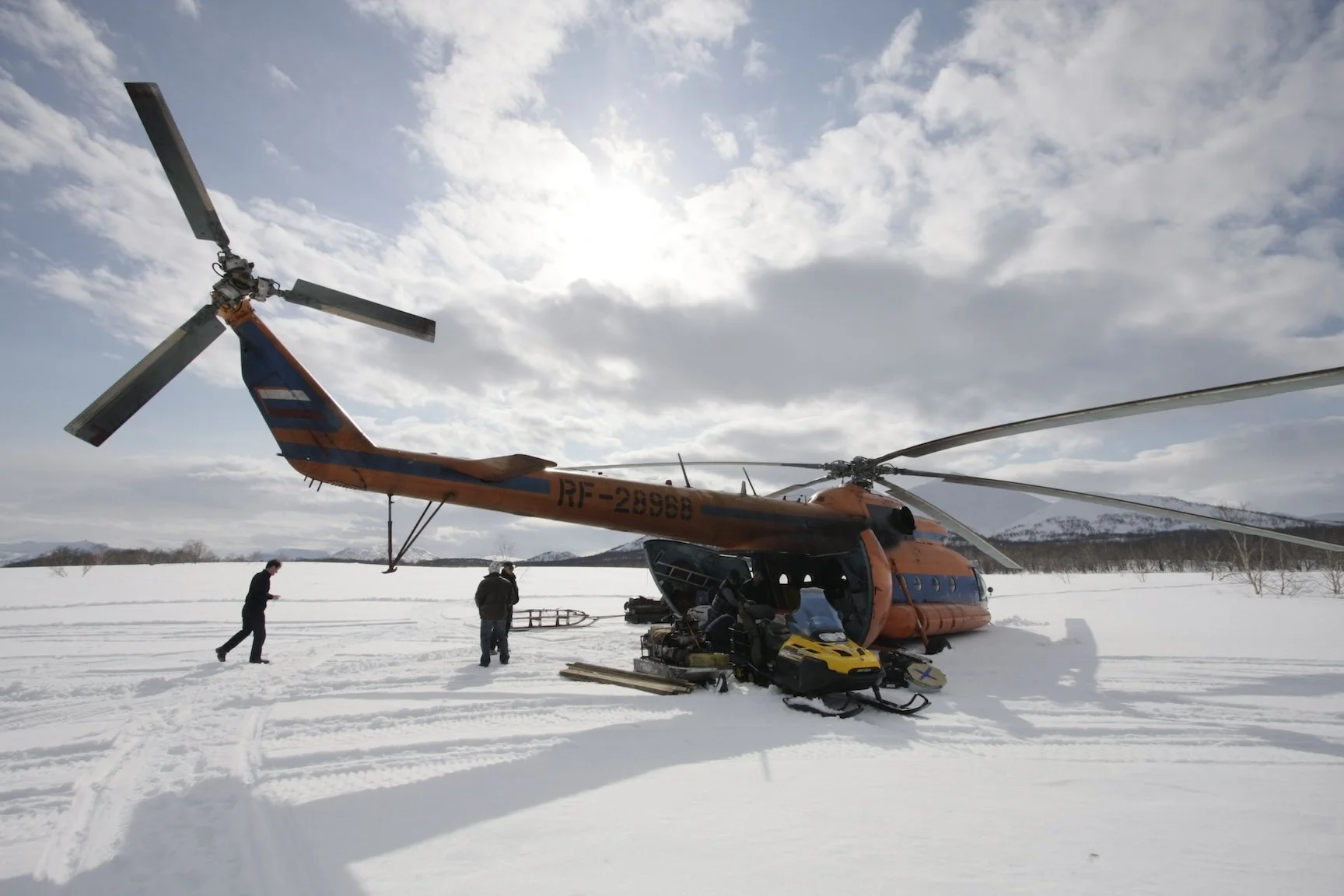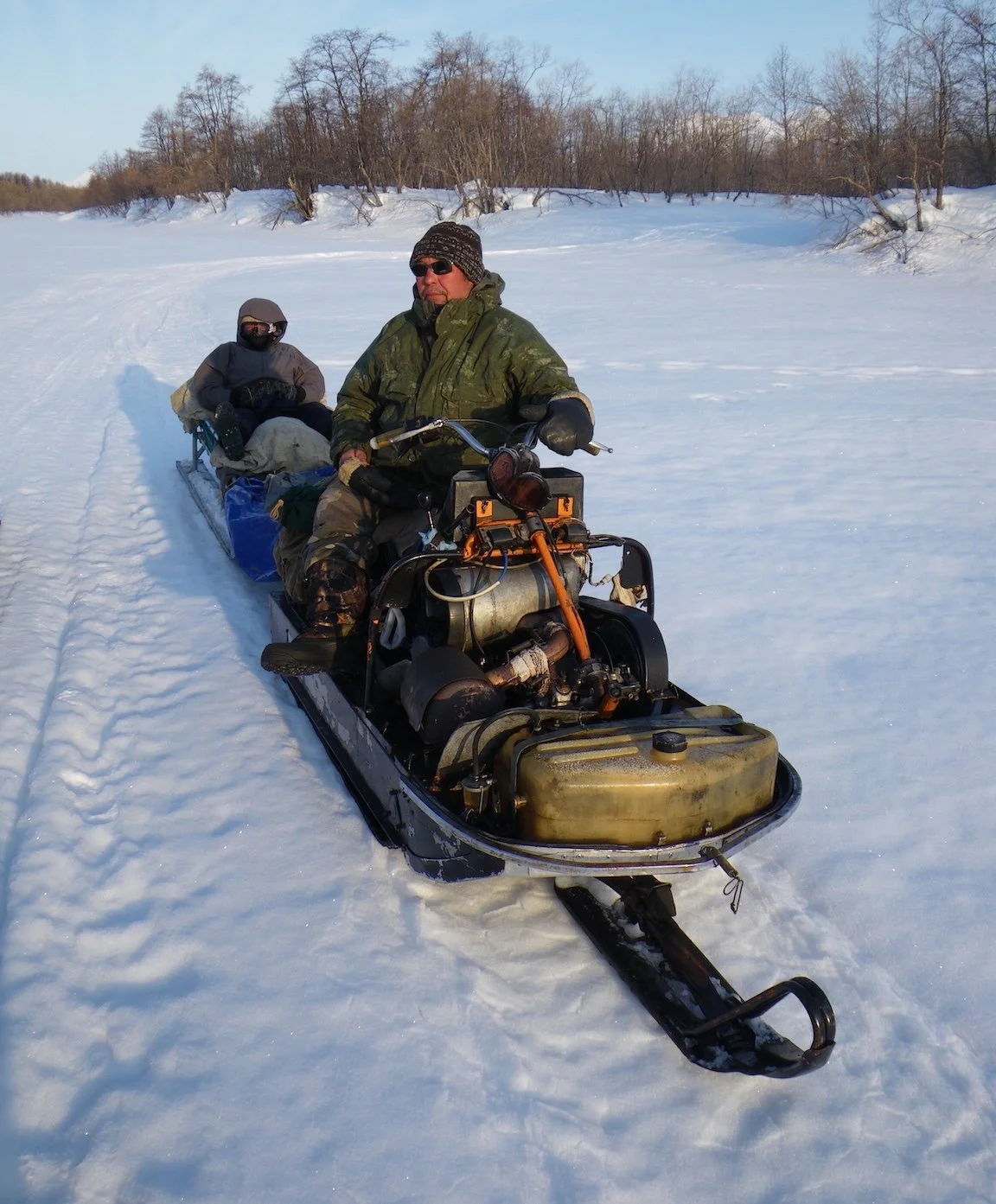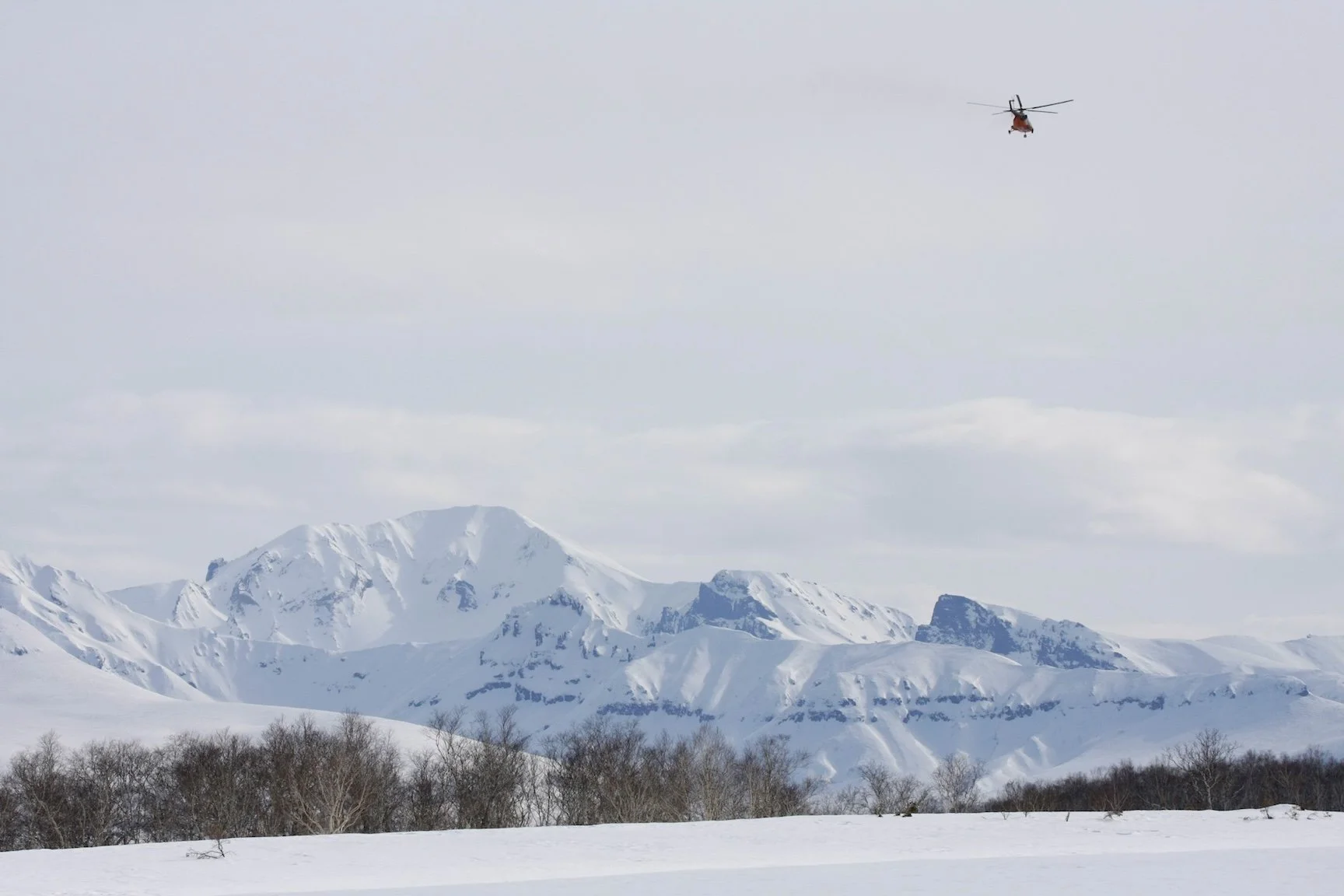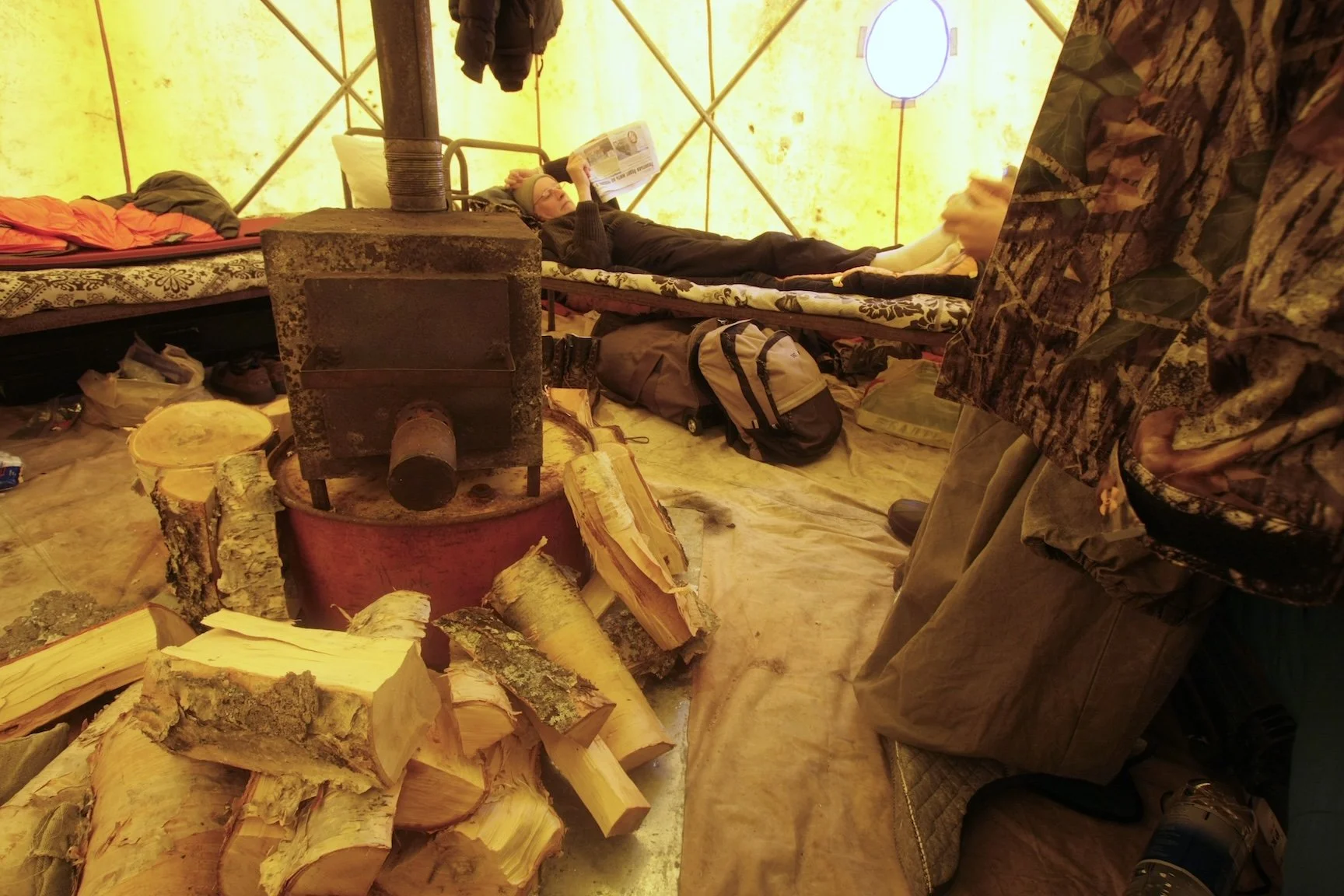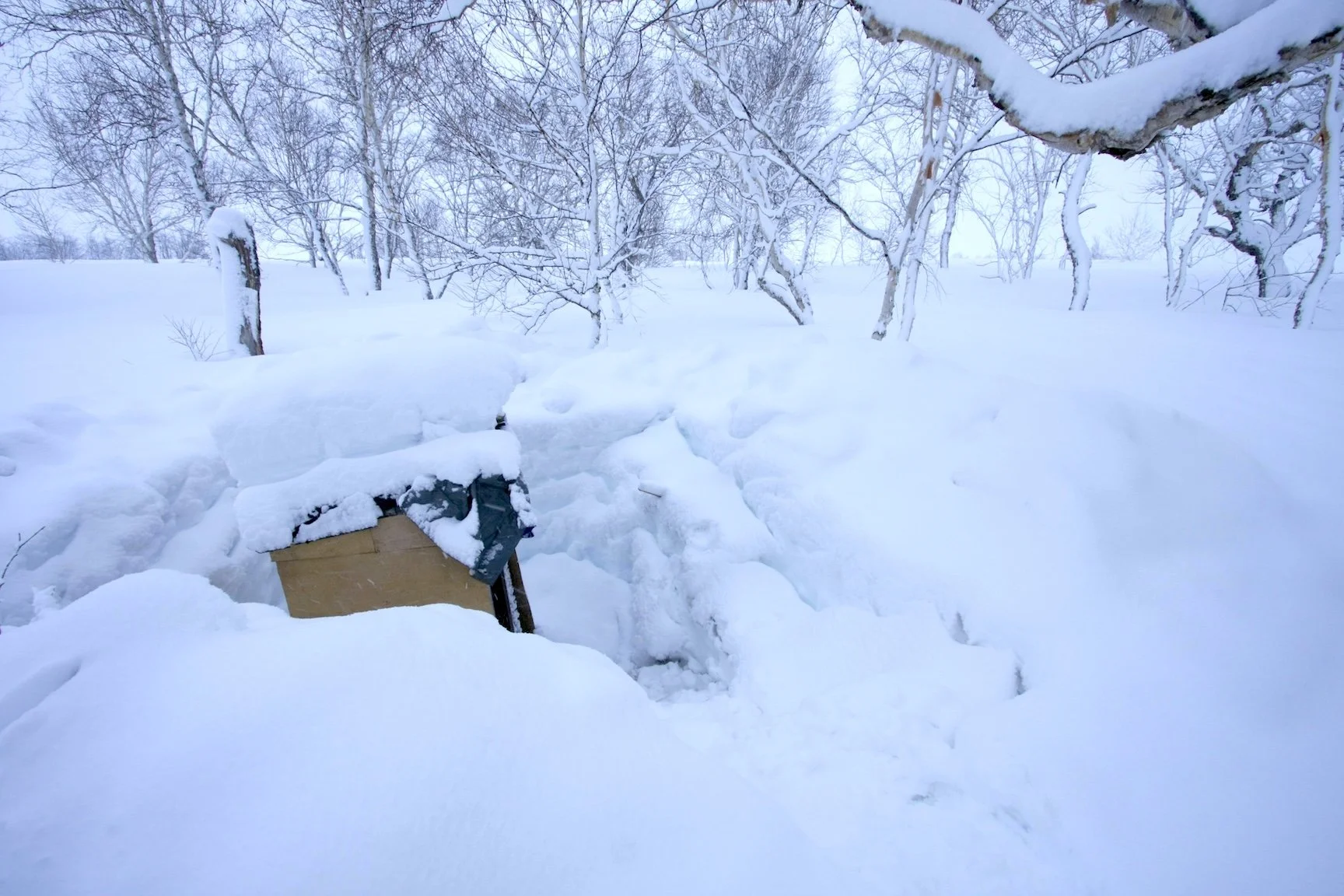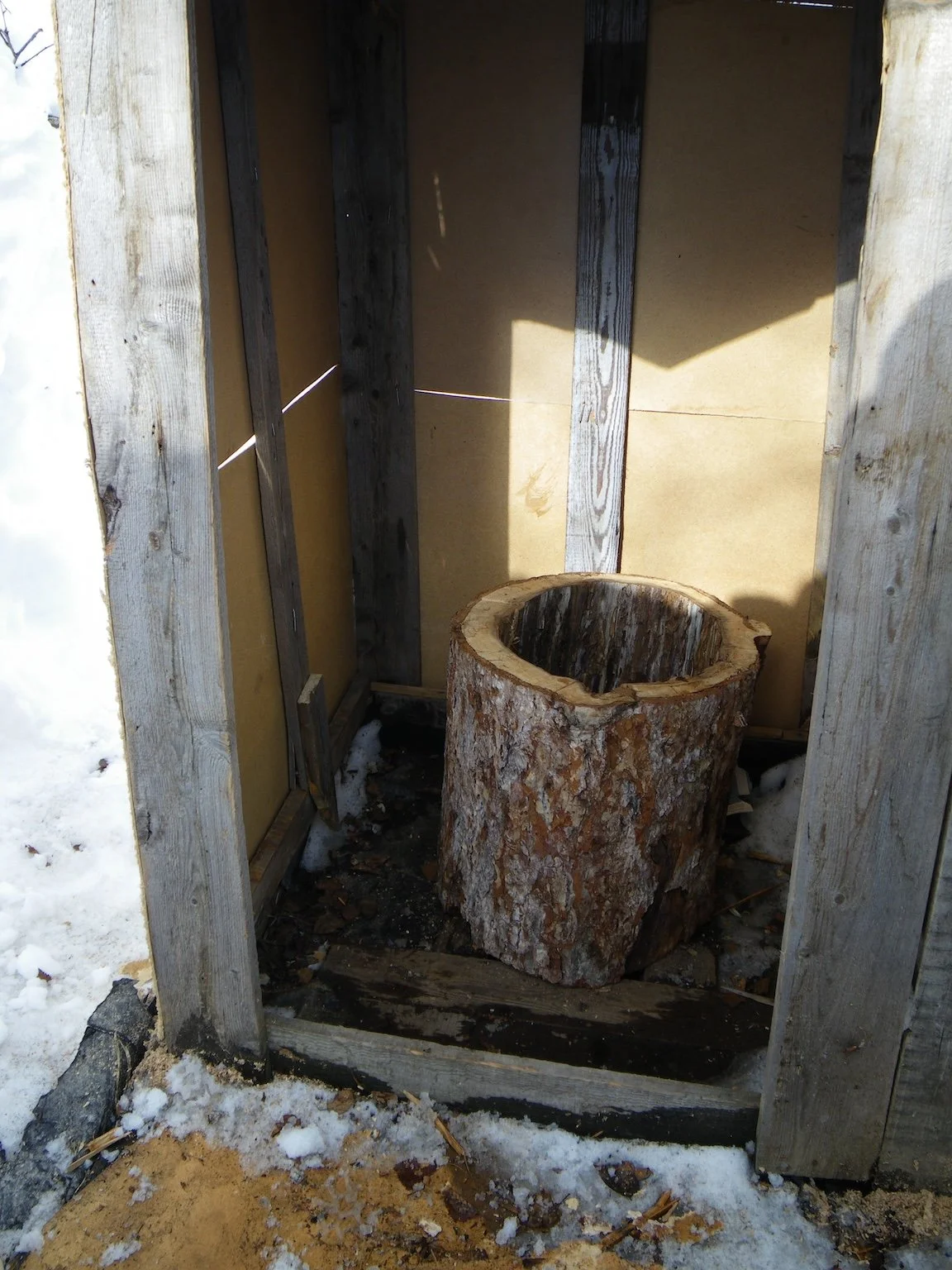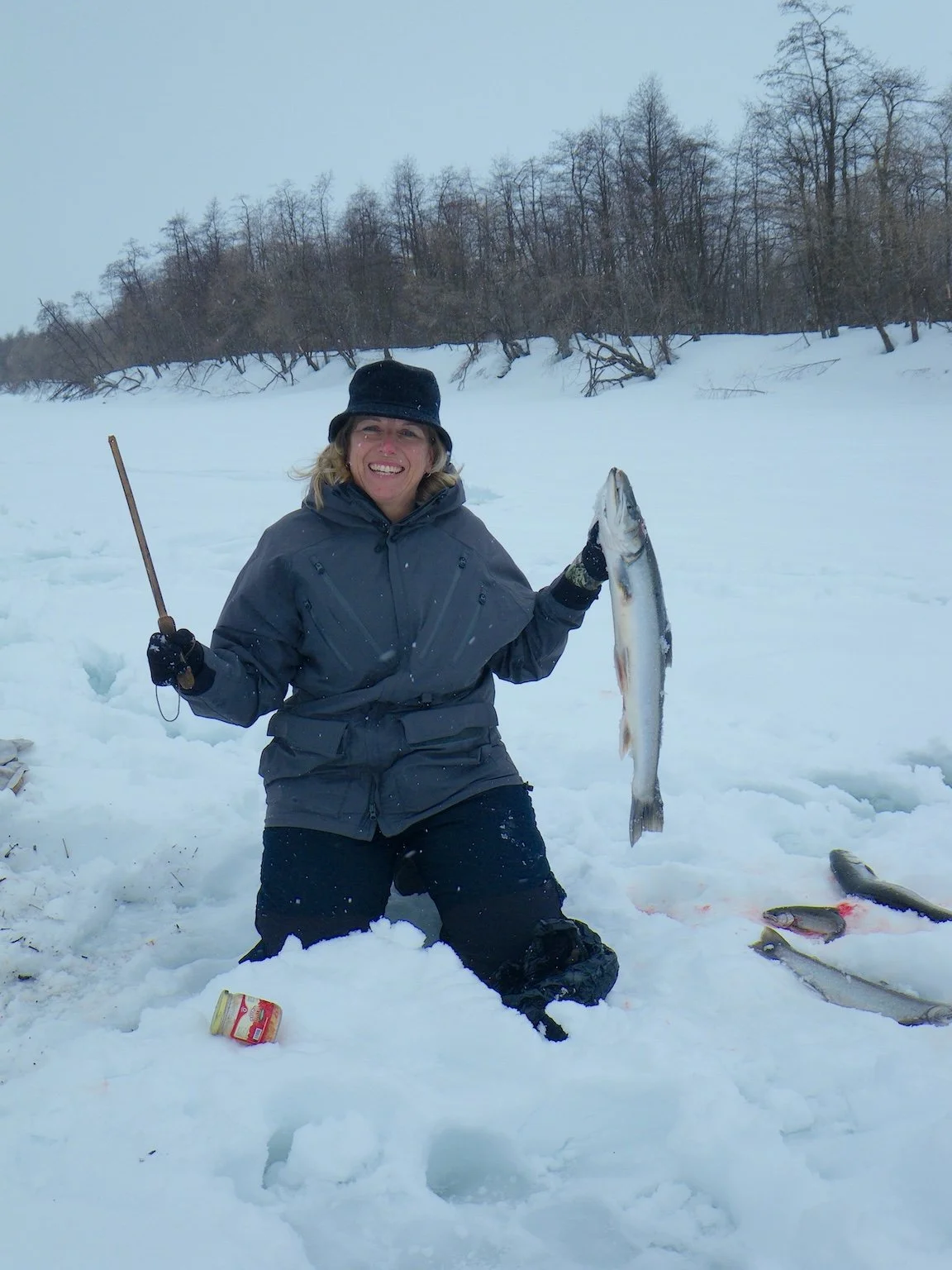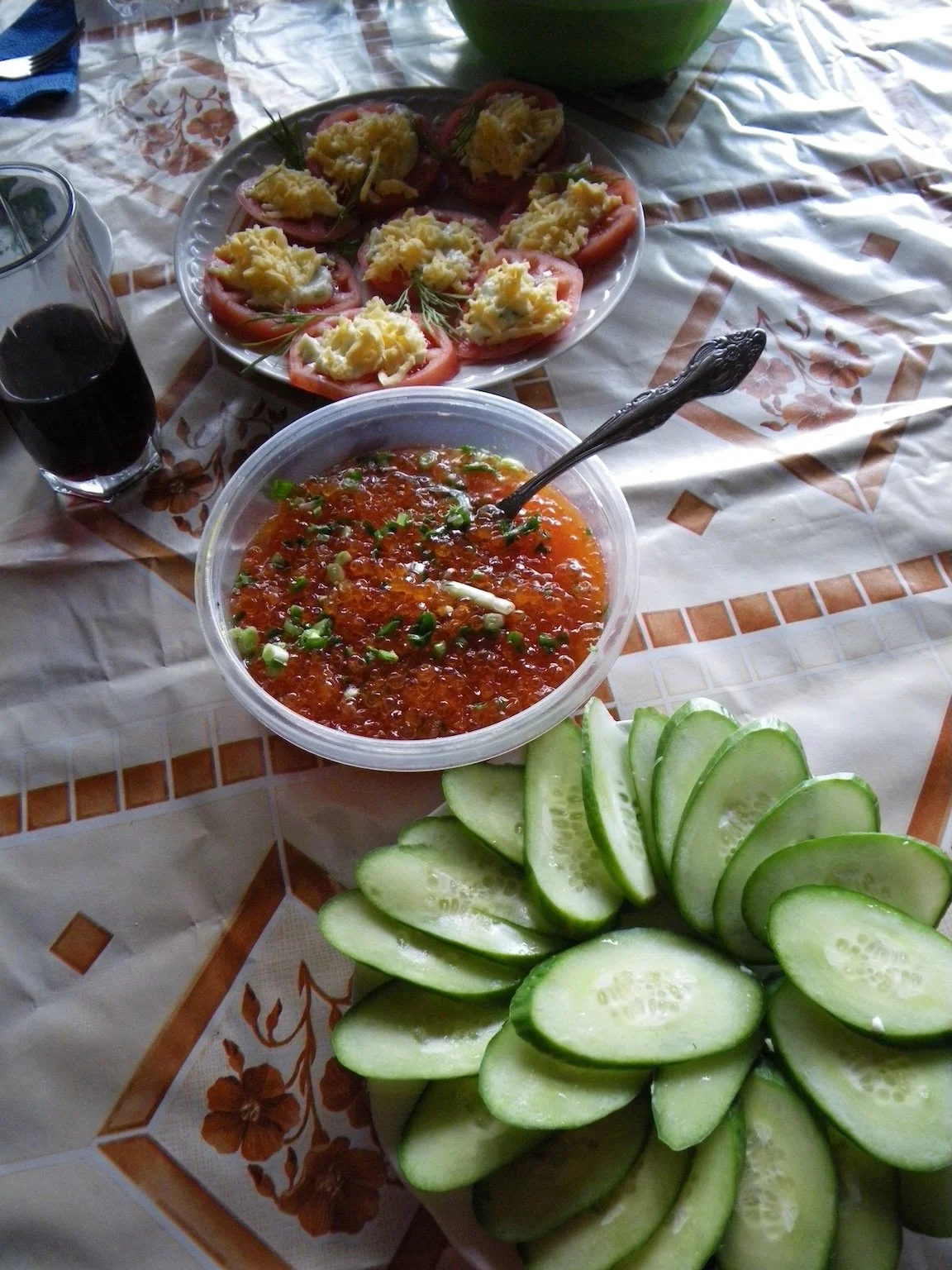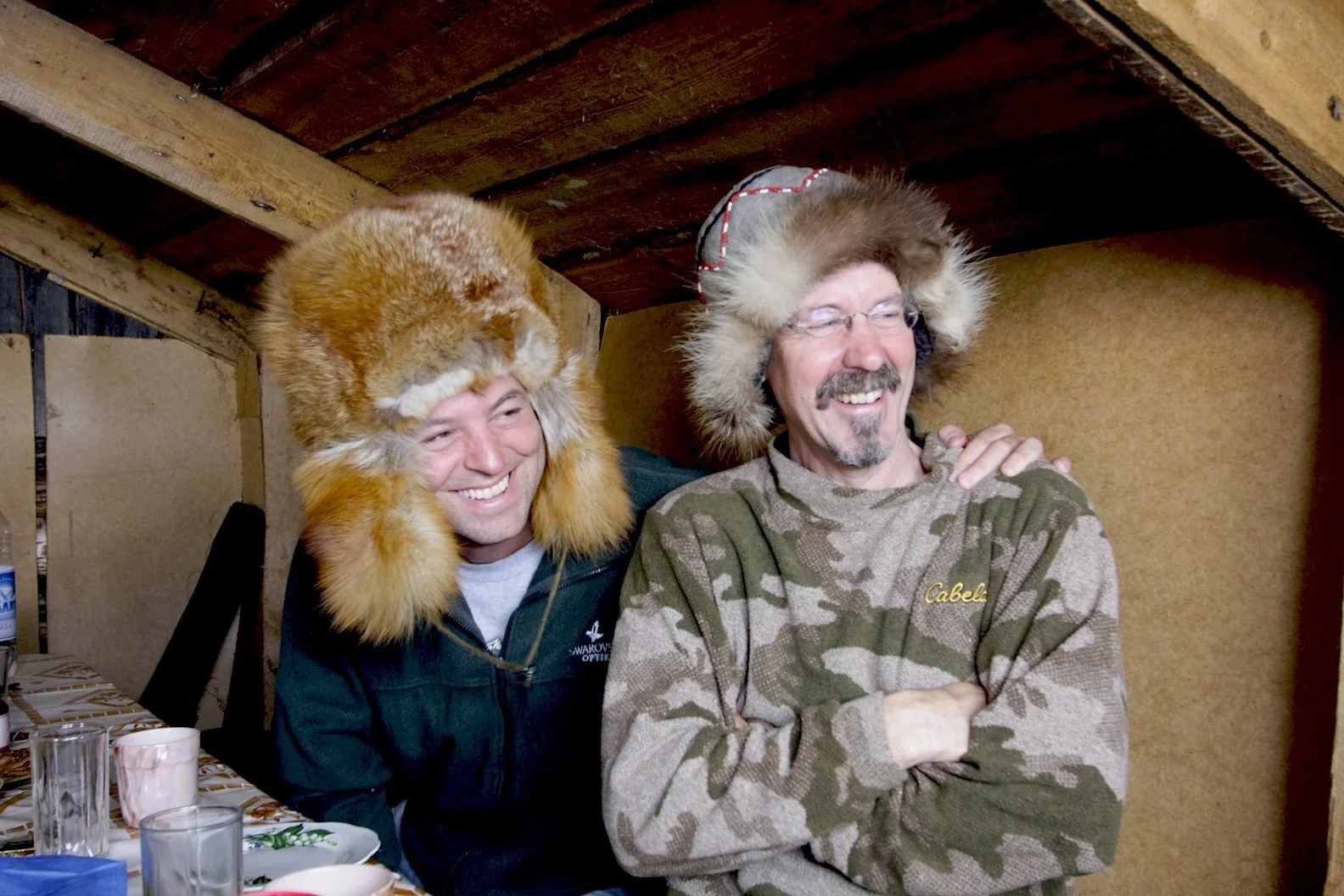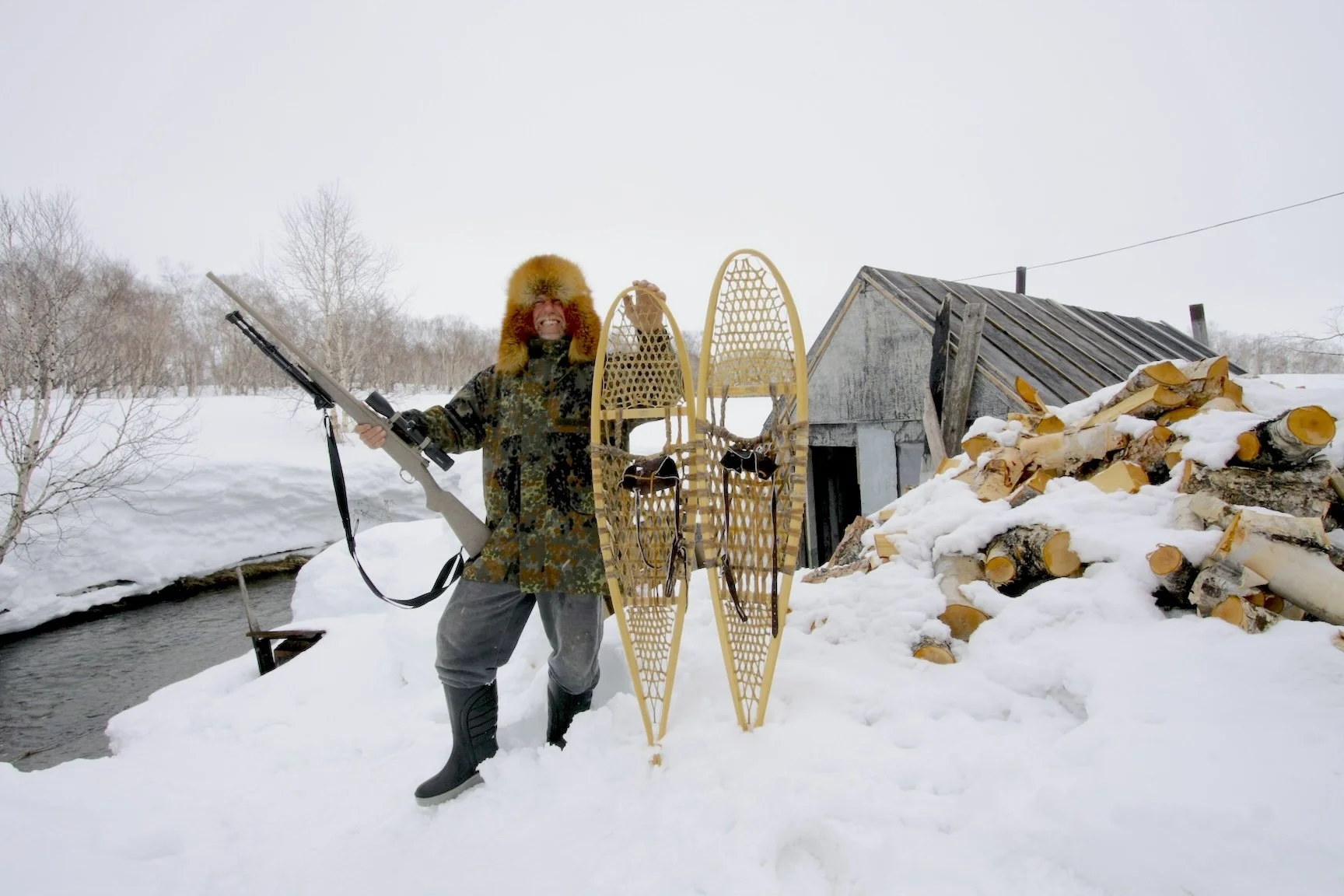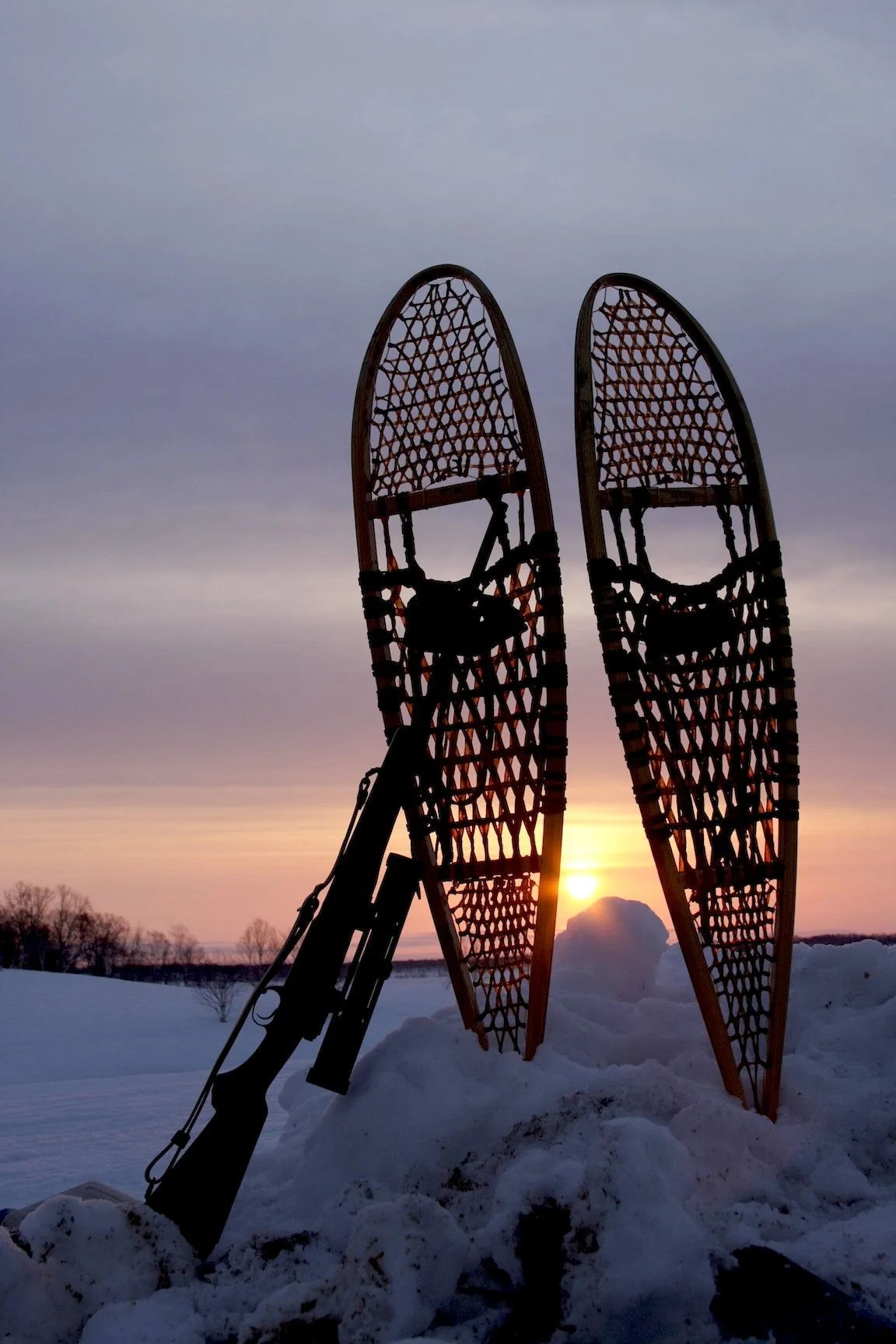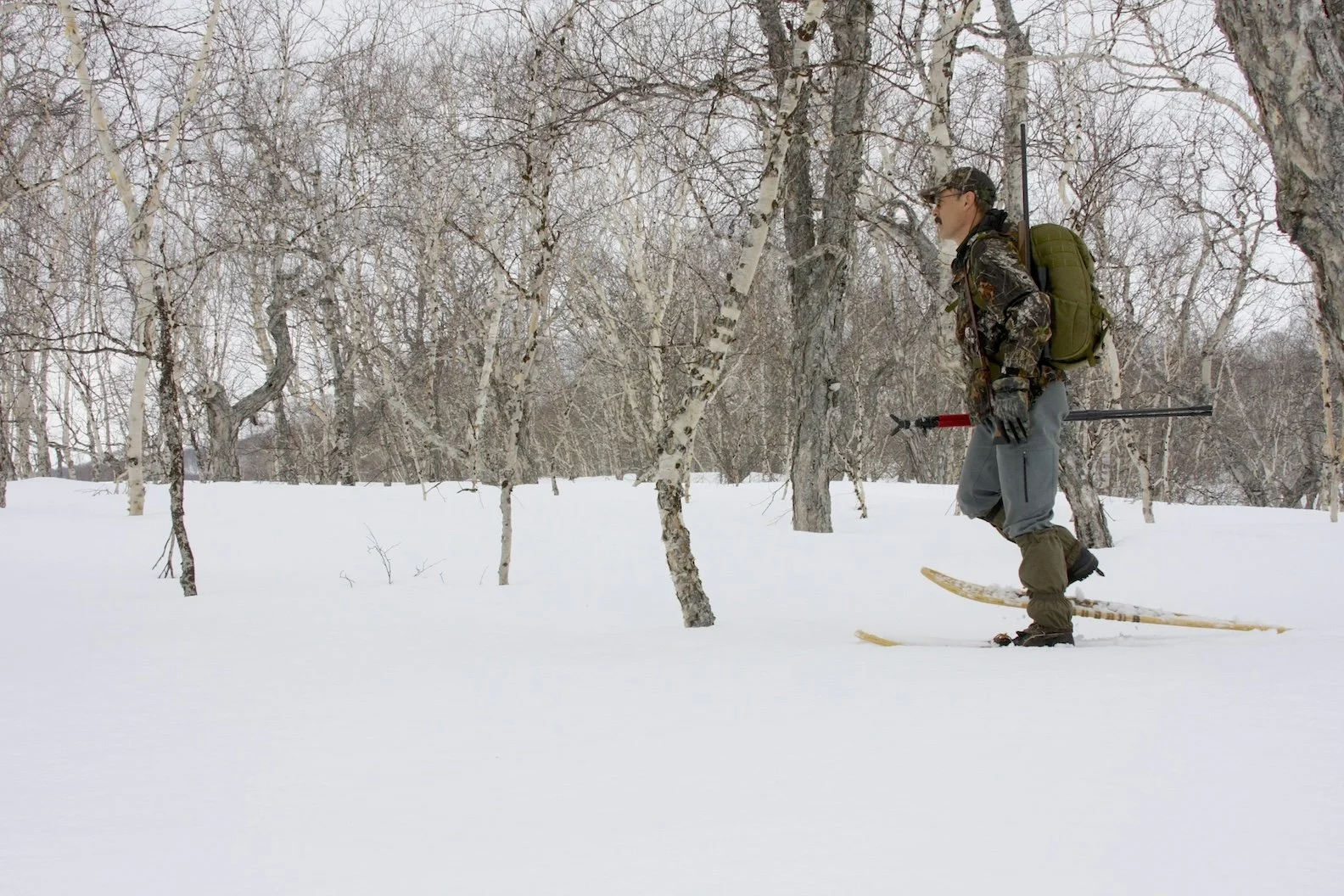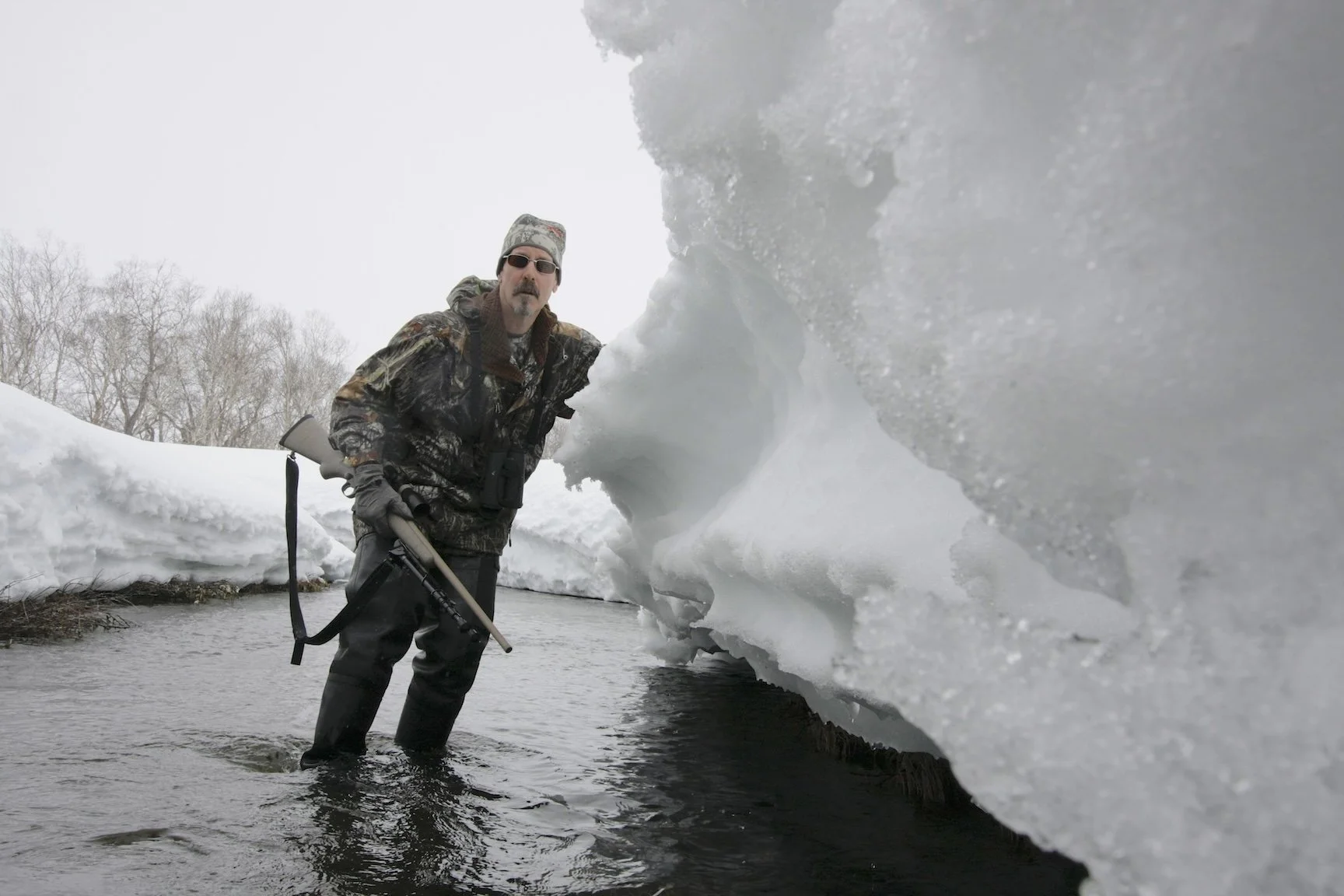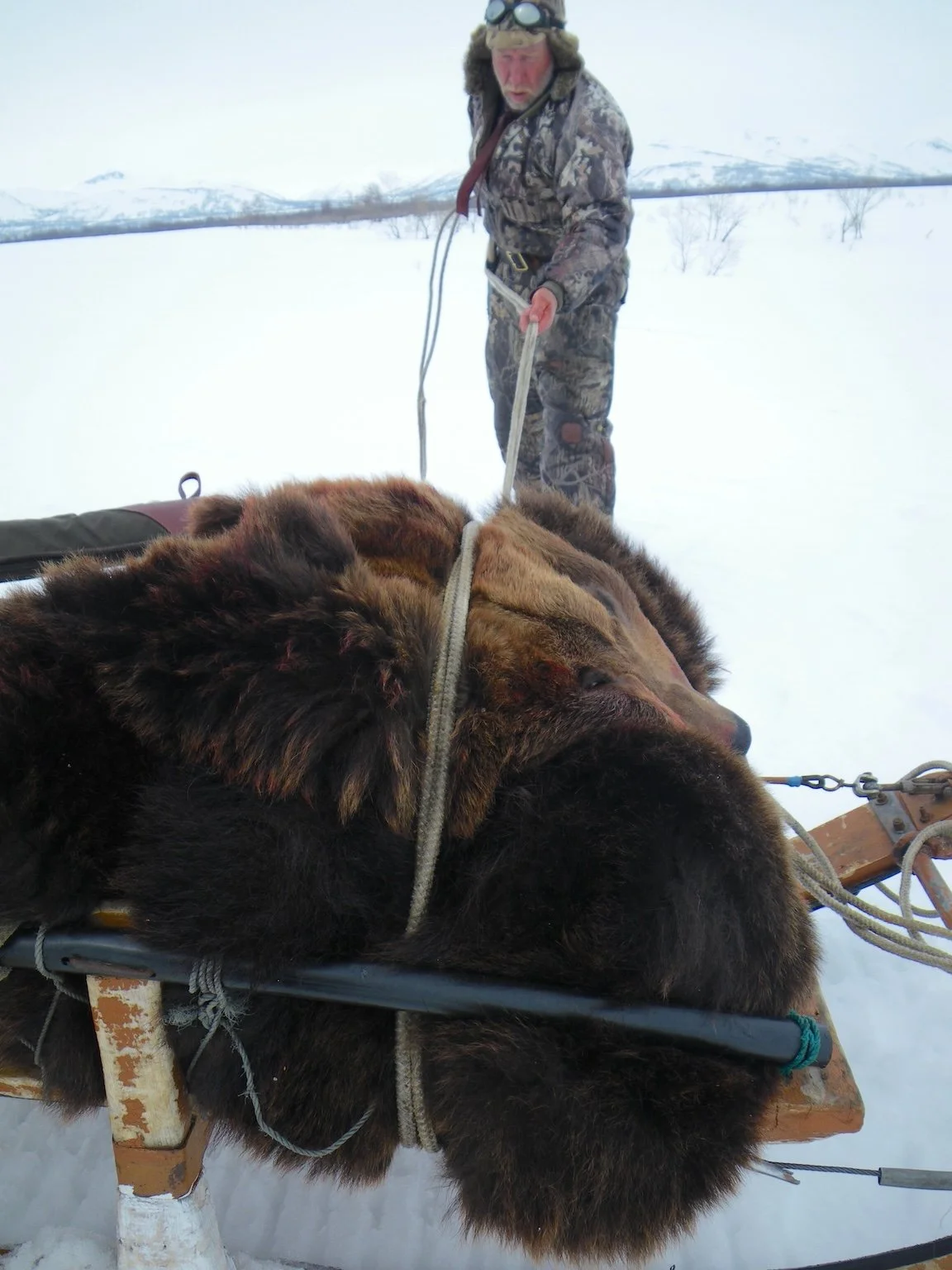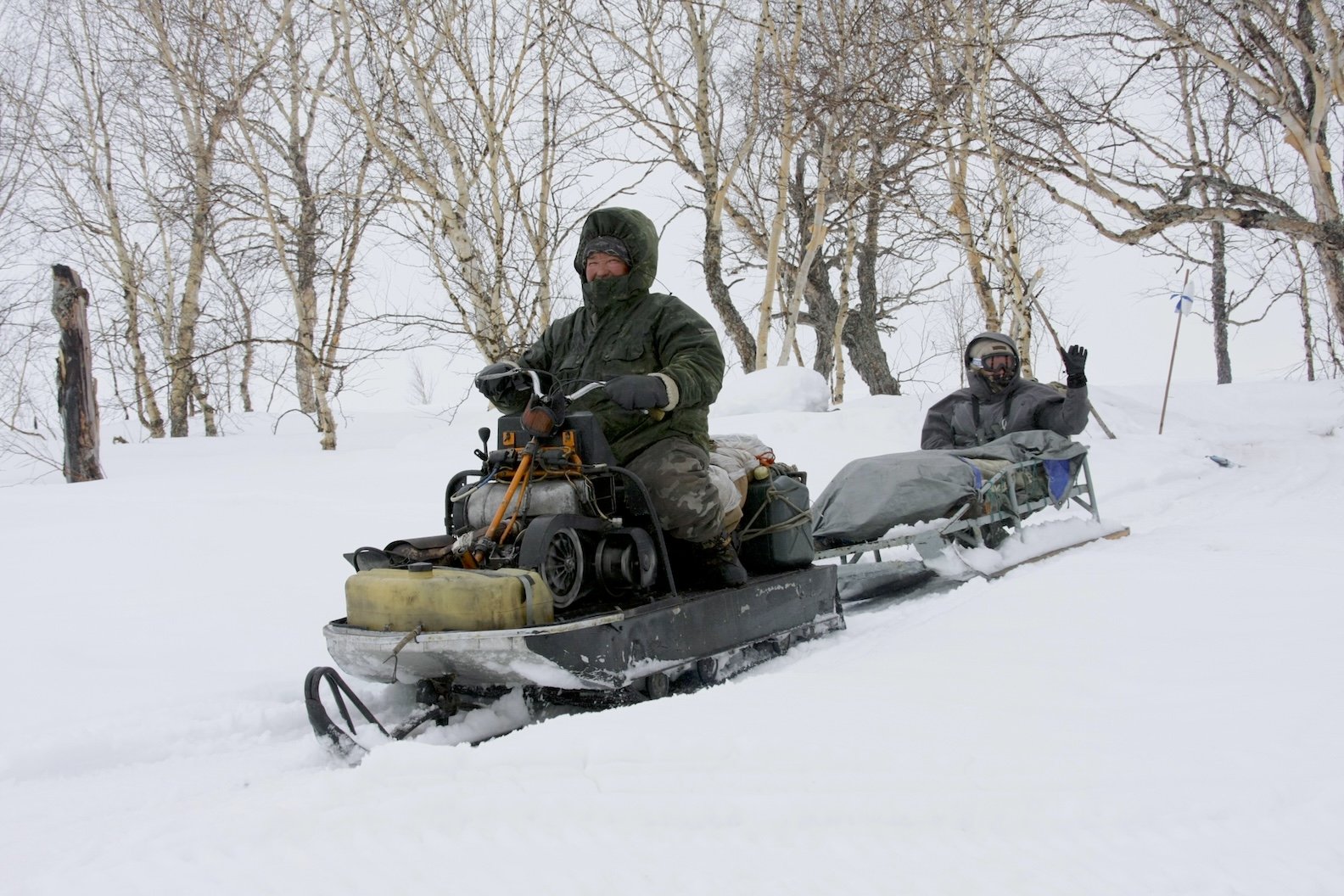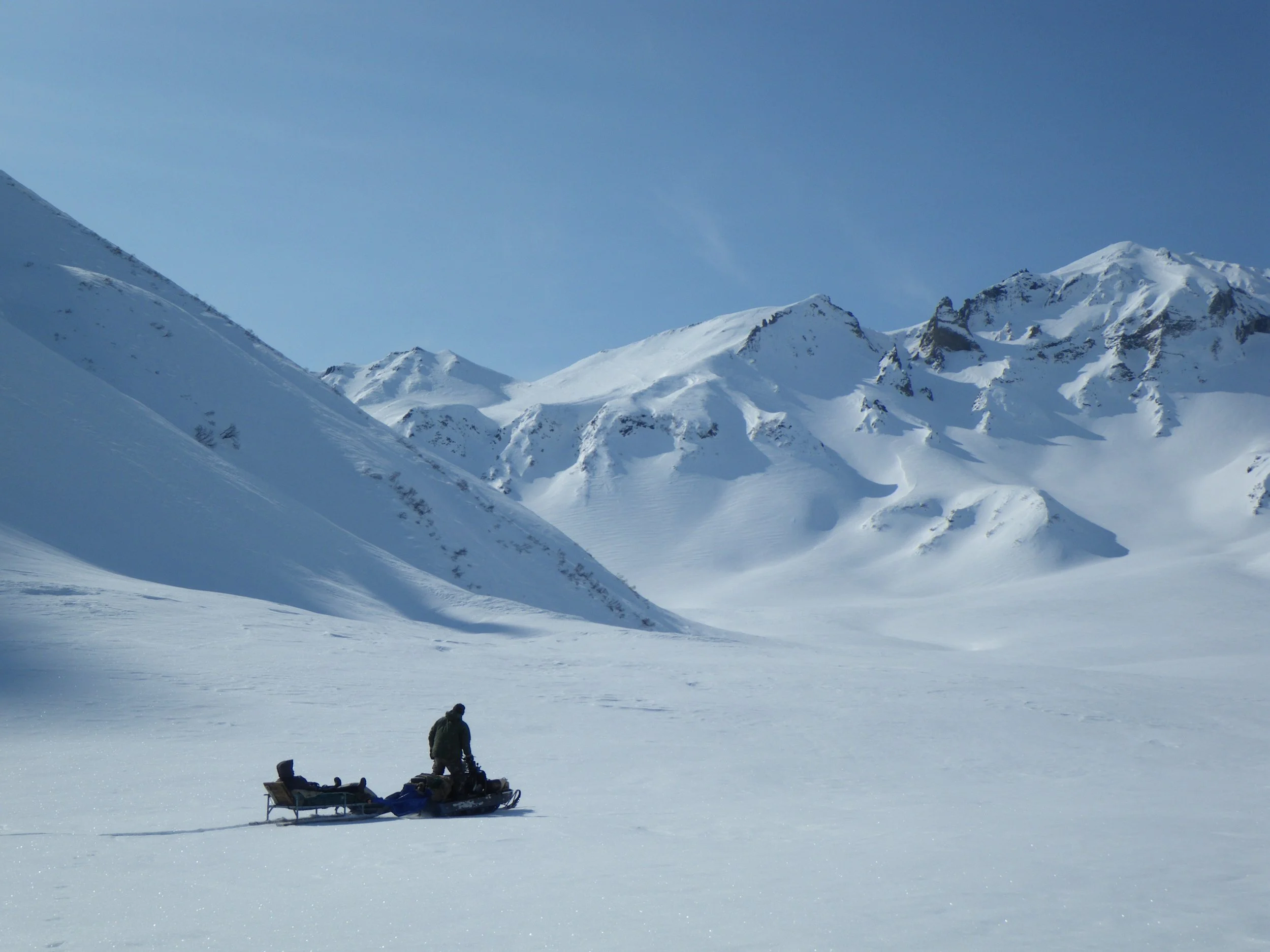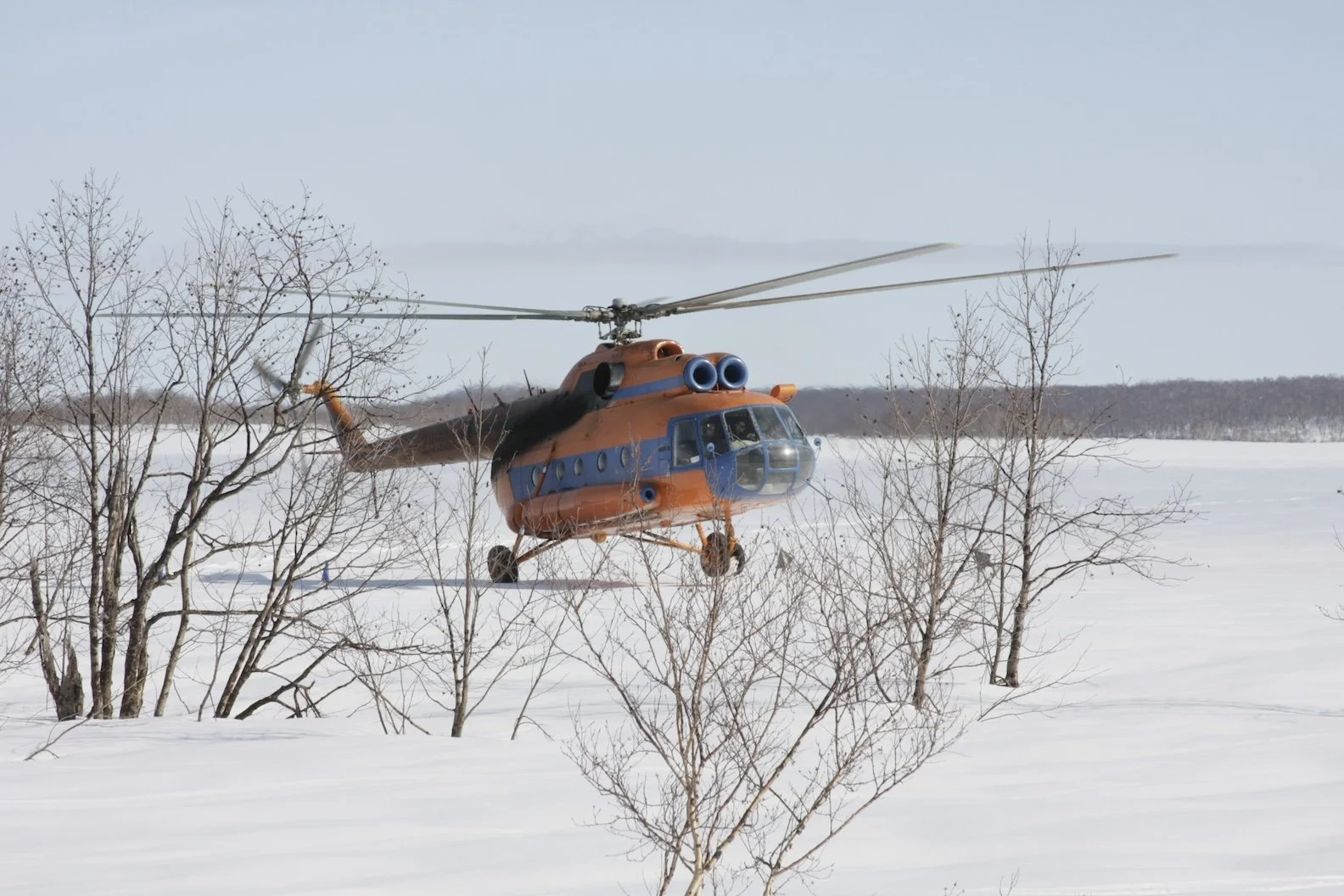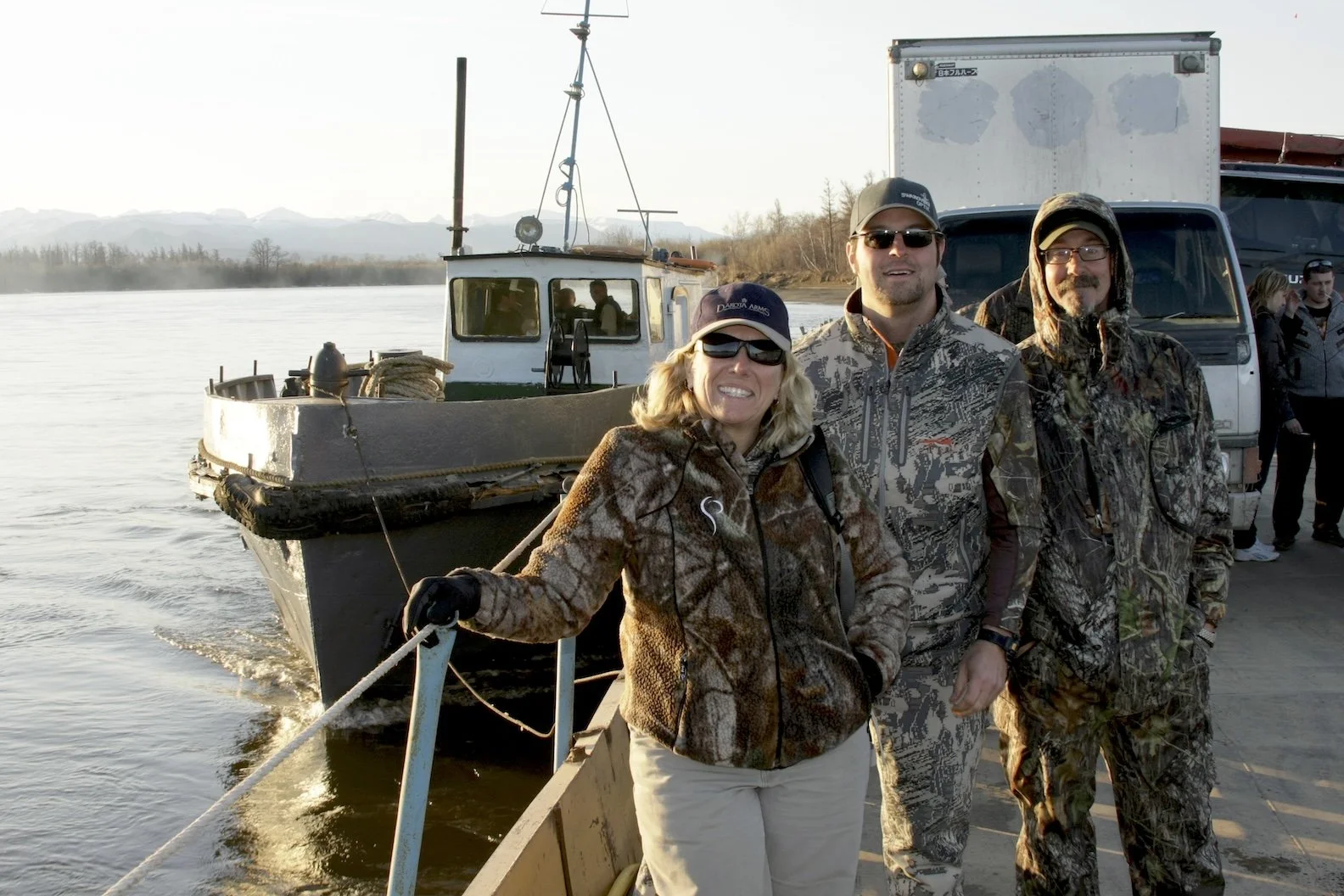Kamchatka Brown Bear Hunt
First, you have to really want to hunt a brown bear.
Second, you have to really love to travel (Seventy-three hours from home to hunting camp.)
Third, you must enjoy seven consecutive days of snowfall.
An adventurer’s spirits begin to lag after a week of snow and no bears.
Fourth, you must be prepared to wallow through nine days of melting snows that flood rivers and limit travel to snow machine, snowshoes, skis, or boots.
Fifth, you must tolerate ten days largely confined to tents, a cooking shack buried to the ridgeline in snow, and a pit toilet where old newspapers are the only papers.
The camp cook shack huddled under about 10 feet of snow. The sleeping tents hovered atop it.
If you can handle all this, you will get to enjoy a wood-fired sauna, three square meals of local cuisine each day, all the tea you can drink, a host of hard-working, friendly and joyous Russian guides, and ice fishing for char. And it will all happen amid silence so deep you can literally hear snow falling on birches. And you’ll see brown bears in their late winter wonderland. Big brown bears. More brown bears per square mile than anywhere else on Earth.
All this in one of the greatest wildernesses left in the world -- Kamchatka.
A brown bear crossing the snowy wilderness that is Kamchatka in Russia.
“Ees beeg! Da! Bolshoi! Beeg medved!” Sasha hissed. I recognized the Russian words for large bear. The stalk was on.
The morning’s sunny skies had clouded over. The frozen snow had softened. Our ancient snow machine had already bogged down several times. We ourselves were sinking up to our waists in what were rapidly becoming impassable snowfields, May snowfields that stretched horizon to horizon across broad valleys, through expansive birch forests, up naked mountain peaks and into the sky. A world of white, sagging.
Rotting snow gave way, spilling us into newly opened streams across which snow machines could not travel.
Spring brown bear hunting is notorious for fickle weather. In this case “fickle” is spelled b-a-d; windy, cloudy and rainy with a chance of deluges. Land that supports brown bears supports salmon, and salmon grow where water flows in abundance. That flow starts as rain and snow. Our yellow tents sat atop 10 feet of crystallized water and by the looks of the sky, we were about to be buried under a few more feet.
Even as warm daylight temperatures melted the old snow, new layers would accumulate overnight.
Sasha glared at that sky, shook his head gravely and spread his fingers again across the fresh tracks we’d been following. The front pad was more than seven inches across. “Beeg,” my guide repeateded. “Beeg. Go shoot.” He nodded toward the declivity into which we’d seen the boar disappear.
Bears newly emerged from months of hibernation would climb and cross mountains faster than we could hope to match.
But how big? This was the fifth bear we’d seen, not counting the nine spotted during our helicopter flight in, and we’d already turned away from a boar Sasha had called eight-and-a-half feet. That suggested this one could be nine feet. Or bigger? Or, given the ominous sky, smaller? Could my guide, a lifelong resident of this isolated peninsula in far eastern Russia, know that weather was closing in, that conditions would worsen and make hunting almost impossible? Or was he simply eager to finish early and spend his time in camp? Like most hunters I didn’t want to shoot too early nor too small an animal. But neither did I want to miss out on what might be my only chance to take a Russian brown bear.
It isn’t every day one gets invited to hunt Kamchatka, let alone Kamchatka brown bears. In fact, it took 57 years for Dakota Arms and Swarovski Optics to invite me on such a hunt. I figured I couldn’t afford to wait another 57 years. Of course, the invitation came with strings attached. In return for the privilege of hunting one of the most coveted brown bear districts in the universe, I was expected to test Dakota and Swarovski products and write about them. Specifically, I was to carry and shoot a precisely made, controlled-round-feed, Model 97 bolt-action rifle wrapped in a lovely, quarter-sawn AA French walnut stock. I was further expected to aim said rifle with Swarovski’s brilliant, ground-breaking 1.7-10x42mm Z6 scope. I raised my right hand and faithfully swore to fulfill these duties. While test firing in the deserts of Idaho, I discovered the classic-style .375 H&H would regularly plant three Remington’s Premier 300-grain Swift A-Frame loads into a circle stretching across 1.2- to 1.6-inches at 100 yards. I figured that was suitable for not only hitting an 8- to 10-foot, 800-pound animal, but hitting it in a vital spot. Like high on the shoulder, always a good bet on any bear. Miss by several inches in any direction and you break the spine, puncture the lungs, destroy heart and break one or both front legs. It’s a high percentage shot, and, done right, an anchoring shot. Lights out.
But first you have to find the bear. Even in the brown bear capital of the world, that isn’t always easy.
Kamchatka, a part of the Pacific Ring of Fire, has many volcanoes, some of them, like the dark one smoking on left, still active.
To the average U.S. citizen, Kamchatka is known, if it’s recognized at all, as the home of the old Soviet Union’s Pacific submarine fleet stationed at Petropavlovsk. Prior to the installation of this military base, this peninsula of volcanic mountains, dangling like a milk cow’s teat off the southwest coast of Siberia, was virtually devoid of humans. Natives eked out their livings on salmon and native game, much as did their cousins in Alaska. Russian sailors and sealers joined them beginning late in the 18th century, lured by a wealth of furs. Exploitation of natural resources continued its usual course, but once the fur rush ended, Kamchatka slipped back into relative obscurity. This became a forced isolation once the Soviets threw their harsh blanket of Cold War secrecy over the peninsula. For 70 years Kamchatka’s bears bred, fed and grew unseen and largely unsuspected by sport hunters.
Our Russian hunting outfitter, Nikolai, shows us where we’ll be hunting on Russia’s Kamchatka Peninsula.
For native hunters, however, brown bears continued to be feared and respected as both predators and prey. Given their abundance and size, they were an essential part of the native Kamchatkan’s lives. After killing a bear, the Koryak people placed before its skull platters of puddings and meat for its journey home. Women donned the bear’s hide and danced, entreating the bear to speak kindly of the people and invite other bears to give themselves up. Then they feasted on its flesh.
Limited to spears and bows, the Koryak nevertheless had an advantage over modern firearms hunters. Time. Weeks of rain, fog and snow were nothing to a people hunting their backyards. They faced no self-imposed time constraints. They didn’t need to catch prearranged helicopter rides. We, on the other hand, had nine days. We had to fight the weather, fight the snow, fight the clock, force the issue.
Under clear skies and sub-freezing temperatures nine days would be a surfeit of time. A snowmachine glides like smoke over frozen snow, taking you over 50 miles of mountain valleys and ridges each day, dropping you at glassing points where an 8X Swarovski EL binocular will reveal hulking brown bears four miles away. A 20-60X spotting scope will pull them into your circle of influence from ten miles. You see their sleepy heads poke from snowy dens halfway up rocky peaks. You follow the blue shadows of their trails down ridges, across valleys and right into the black, leathery pads that laid them. That’s the way it happened our first day, a day that lulled us into believing we could continue this easy path all week, cruising and snooping, picking and choosing. But wet weather was on the way.
Bears emerging from their snowy dens were surprisingly difficult to spot amid a spattering of exposed trees and rocks on mountain slopes. The dark object in the upper left is a bear.
“There’s a bear peeking out of that den,” my hunting partner Linda Powell said when we stopped beside her and her guide high up a mountain valley. The bear was even higher. “Misha saw its head duck down. I thought it was just a rock. Oh, there it goes! It looks big. How big is it?” The dark bear sauntered off, angling even higher up its mountain, unsettled by these noisy morning visitors far below. Linda turned to Misha with a questioning look, then took out her cheat sheet, a card with dimensions written on it in centimeters and feet. Misha’s thick forefinger flicked between the 8.5-foot and 9.5-foot numbers. Probably a 9-foot bear.
Sasha waved me back onto his ancient snow machine. We looped up the valley, parked behind a shoulder of mountain and began hiking up the hard snow. It was like walking on asphalt. The air was thin, but not as thin as our chances for catching up with this bear. Despite angling to cut it off, we broke over the shoulder to find our quarry already high above us, ambling along but covering ground as we never could. Reminded me of caribou. You don’t walk down caribou, and apparently you don’t walk down climbing Russian bears, either. Sasha waved at the bear in surrender. We studied his tracks. Probably an 8.5-footer. Not big enough for the first morning anyway.
My view of my guide during our sleigh rides. That’s a Russian over-under shotgun over his shoulder. Not the ideal bear stopper, but all his government would allow him. Note the bear tracks to the left.
Bear tracks and trails crisscrossed this winter wonderland. Our quarry was obviously awake and prowling, and neither terrain nor habitat seemed to have any effect on those travels. Spoor led up and down sheep-steep slopes, over the highest ridges, through the thickest birch forests, across frozen rivers. If the bears hoped to find food, they would be disappointed. We saw no sign of moose or caribou. No old carcasses melting from the snow. The early-rising boars were probably hoping to find spring romance. The early boar gets the sow and possibly a tasty cub.
There was little else alive atop the snow. White hares with jet black ear tips sprang from the bases of birch trunks and dashed away. Ptarmigan fluttered white and brown. A few red-combed males strutted and complained when we interrupted their posing. Fox tracks lined across valleys as if their makers had somewhere to go.
Our second bear looked and behaved much like the first. It, too, crawled from a den hole high among the cliffs where protrusions of dark rock provided surprisingly effective camouflage for a brown head. We didn’t see it until, unnerved by our quiet presence in the valley, it crawled from his winter’s lodging. In what must be the species’ universal escape tactic, it climbed up and over the snowy peak. We guessed him at nine feet. We guessed we’d never catch up. We guessed we’d have many more chances, many more bears. But we failed to guess that the weather would sour.
Nights in camp were celebrations in the tar paper cook shack with its birch-burning stove crackling a hearty warmth while Oksana ladled steaming bowls of soup and spread the table with plates of cucumbers and tomatoes grown in geothermal greenhouses on the peninsula. There were freshly baked breads and meatballs wrapped in dumplings, fresh char, ham, wine and, after dinner, noisy celebrations with vodka. Our hosts sang Beatles tunes and recited poetry. We responded with old rock songs and toasted our talents with more vodka.
The first sound each morning was a woodpecker rat-a-tatting its territorial drum roll from the birch grove across the creek. It was a lonely solo broken rarely by croaking ravens, once by a passing gull, a reminder that the sea wasn’t far away. A coterie of Siberian tits, cousins to our chickadees, sparked life into the bare branches now and then. But mostly the land lay hushed as if holding its breath, as if it were husbanding its last reserves for the great burst of spring.
One morning a big, nearly black bear climbed steadily up a mountain behind camp and disappeared over the top. Late that afternoon it struggled back, looking discouraged, sinking past its belly in melting snow.
My bear appeared shortly after we’d followed a confusing maze of tracks to a sow and cub. They seemed nervous. Big tracks encircled them in the snow. I thought of a hungry boar and suspect Sasha did, too. While puzzling out the spoor we glimpsed a large, dark bear walking near the edge of the trees. That was all Sasha needed to see. “Beeg boar! Go. Shoot.” The snow was soft. Deep. Exhausting. It was starting to snow. The tracks were big. It was time to shoot.
This sow and her cub led us to a boar that appeared to be harassing them.
I popped the covers from the scope and snicked a round into the chamber. The bear emerged from a dip in the snow, stopped and squinted, or at least looked as if it were squinting -- right at us. I looked at my guide one more time for confirmation. Shoot this one? He nodded. Vigorously. The bear began loping, left to right. I thought I’d let him stop, but he showed no inclination to do that. The wind was in our favor, but he’d apparently seen or heard enough. The scope was set on 3X just in case. I swung it just to the front edge of the shoulder and fired. The boar dropped in its tracks, kicking feebly. I put one more 300-grain A-Frame in its brisket, angling up toward the spine, but it was superfluous. That first bullet had broken the shoulder, clipped the spine and lacerated the lungs. In seconds the bear stilled, lying big and dark in a vast white world of sagging snow with more on the way.
Dakota Is Back as Parkwest Arms
Having grown up and learned to hunt in South Dakota, I’ve always had a soft spot for Dakota rifles. But I’d like them just as much if they were called Montana or even New York rifles. A rose is a rose. And a rifle as sweet as the Dakota M97 in classic quarter-sawn walnut matched to a blued 375 H&H barreled action can play in my garden any season.
Dakota fell on confusing times with new owners late in the 20th century. Remington brought financial stability for a few short years, then folded. Most recently Dakota emerged under a new name, Parkwest Arms. Same rifles, many of the same builders. Same or better quality. They just aren’t allowed to use the Dakota name.
The Model 97, now the SD-97, is a less expensive alternative to the original M76. The main difference is the action body. In the SD-97 it is round-bottomed like the Remington M700. The SD-76 mounts to stocks with a flat-bottomed action like the Winchester Model 70. The long-spring, external claw extractor and Mauser-style controlled feed action with three-position wing safety is the same on both rifles. Most SD-97s are probably sold with synthetic stocks, but you can get the Deluxe with quarter sawn AAA Claro walnut handle. Mine shows a classic, glowing, understated elegance, and of course it balances, handles and shoots as good as it looks for about $800 less than a similar SD-76. The fit and finish are superb, the hand-rubbed oil finish silky and the overall feel of the rifle is delicious.
Swarovski Is, Well, Swarovski
What can you say about Swarovski scopes that isn’t said in the name alone? There’s no question of quality and performance. The Z6 series broke new ground with it 6X zoom ratio, and the 1.7 to 10x42mm may be the most useful/versatile of the series, especially on a 375 H&H. At the low end you can quickly pick up the closest, angriest buffalo jumping from the long grass, and at 10X you can reach out and pinpoint the smallest, long-range antelope. The 375 H&H’s trajectory is nearly identical to the 30-06, making it quite viable to 350 yards. It’s truly one of the world’s most versatile cartridges, and the 1.7-10X Z6 Swarovski helps it reach its full potential. Amazingly, this Z6, despite its increased zoom range, is slightly shorter and just 7 ounces heavier than Swarovski’s 1.5x6X42mm.
Welcome to the hotel Kamchatka. Our party stands at the entrance of the rural lodging where we overnighted during the long, slow drive from Petropavlovsk to our remote bear hunting areas. The highways were gravel, a long strip of potholes with remnants of road around them.
Room with a view, but not much of a mattress. The proprietors were warm and gracious, if a bit intimidated, perhaps, by the rowdy Amerikanskis.
Our hotel restaurant served bread, butter, and borscht. A cookie for dessert. It was delicious.
Nikolai leads us into the last village grocery before the wilderness begins.
The rural grocery store was well stocked. We bought a few treats to tide us over.
Our chartered helicopter for the final leg to camp arrived amid a flurry of prop blown leaves and gravel.
We loved to fly. And it showed. Dean, Linda, and Gordy smile their last goodbyes, just in case.
Cars, buses, trains, ferries, jets, snowmobiles, boots, and snowshoes aided my 73-hour trek from home to hunting camp. Of them all, this Russian helicopter was the most interesting and most intimidating. Despite its looks, it performed perfectly. Here it is being refueled.
The switches on the ceiling of our helicopter suggest why three men were required to fly it.
Outside of camp, the big chopper landed, its belly resting on the snow while gear and supplies were unloaded.
Almost there. Misha pilots Linda to camp with his vintage snow machine, much of which he repaired or rebuilt daily as necessary.
Seeing that chopper disappear above the vast Kamchatka wilderness was sobering.
One of the tents in which we sheltered for more than a week. Roomy enough and plenty of heat with that birchwood burning stove.
We had to dig out the outhouse from time to time and navigate a steep trench down to it. Plenty of privacy once there, however. TP, not so much.
Our camp hosts got creative with a hollow log in the outhouse.
Linda proved to be the master angler. Char for dinner.
Our afternoon haul of fish was no joke. Having to eat them every meal for five days was!
Fresh produce and fish eggs made for delicious variety the first day or two, but when they ran out…
Alexander (Sasha) Nikolai, Misha, and Kostya entertained us with after-dessert songs and laughter. We reciprocated. Glasnost and perestroika at their finest.
Cultural appropriation by Dean and Gordy in the cook tent.
Right back at you. Alexander culturally misappropriates an American Dakota rifle to augment his culturally appropriate wood and rawhide snowshoes outside the sauna.
The last sunset we’d see for the entire hunt fell on the first evening in camp.
Snowshoes were essential for moving more than a few yards from camp or snowmachine. Gordy and I snowshoed deep into the birches one day to call a fox. A small brown bear came instead.
Gordy discovered that wading the streams was an easier way to hike than wading the snows.
Glassing long, hard, and often was the best tactic for finding bears.
Sasha lashes my bear to the sled for the long ride back to camp.
Misha and Linda returning to camp late in the day. Misha’s ability to keep the old machines running showed mechanical genius.
Had every day been as cold and sunny as the first, we’d have found bears a lot more easily. Regardless, everyone got their game in this stunning wilderness reminiscent of Alaska.
As luck would have it, the sun returned the same day the helicopter did. That was joyous news for us. Although we’d now be facing at least two days of long travel getting home. And more adventures. Like having our bus sideswiped by a drunk, our trophies held for ransom, an attack of kidney stones, an 8-hour flight across Asia with children clamboring over seats and running wild in the aisles. Ah, adventure travel.
During our time in camp the big rivers opened, giving us the opportunity to add ferry travel to our list.
# # #


